From reading Zola's words in Germinal (1885), by Orwell in The Way to Wigan Pier (1937) and Helena Alves in Mina de S. Domingos – Genesis, Social Formation and Mining Identity (1997), nothing is possible to retain in an attempt to draw a parallel to the vivid experience of submersion at the Sal Gema Mine in Loulé.
In a small cage where only seven people can fit, we entrust our lives to Márcio who, with professional sensibility – knowing how to read the marks on the cables and feeling the journey meter by meter in his hands, makes us descend into the interior of the Earth. So, for about four minutes, we submerged to a depth of 230 meters, the last 30 being below sea level.
During the descent, the referents of the illuminated world on the surface are immediately diluted and disappeared, making it possible to experience the lack of patterns to which we are anchored.
Due to the speed of the descent, fleetingly illuminated by the weak and directing beams of light from the protective helmets, there are rips of material and work in non-inscribed nodes. A 230-meter dive in a well dug by human ingenuity reveals and exposes to our retina a paragraph of the Greater History, from the present time until about 230 million years ago.
Gently, the cage settles to its destination, the bars open and we move to a gallery that winds for about 40 kilometers, on two floors, in parallel and perpendicular lines, occupying about 240 hectares, and in several places, lie beneath the streets and lives of the city of Loulé.
Having had the opportunity to have already descended four times inside the Mine – almost all of which I was accompanied by engineer Alexandre Andrade, a man who, in addition to having vast geological knowledge and in particular of the specific geology where we are located, he has the innate ability to infect us through his speech, fluidly relating and articulating the geological elements and the history of the mine – always something of a seminal experience, something of amazement, which characterizes each descent.
Photos: Filipe da Palma | Sul Informação
We pass from the cramped space of the cage to vast corridors carved out of salt. In fact, both the floor, the walls and the ceiling are excavated in a saline dome.
With about four meters high and 10 meters wide, you can't see a beam, even a strut, as the pressure to which the salt was subjected over many millions of years and the absence of moisture made this matter quite consistent.
It was extracted until 1989 by the force of explosives and today through a grinding machine that dismantles, through a rotating head, fitted with cutting nozzles, whose composition is carbon steel enriched with tungsten, similar in behavior to the of industrial diamonds.
By chance, in the 50s of the last century, in an exploratory well in Campina de Cima (Loulé), which aimed to discover water for the use of an agricultural farm, the water emerged, but it was salty…
Later work confirmed the existence of this former salt, which began to be explored in 1966, having previously carried out all the preparatory and necessary studies that made the exploration economically viable, the opening of two wells, one for access to the interior of the mine and the other for ore extraction and exit in case of emergency, as well as a necessary connecting tunnel between the two.
A truck loaded with salt, intended for road safety and prevention or for use in animal feed (through its incorporation into animal feed), transports tons of mineral salts, whose formation dates back to between 230 and 000 years ago.
Salts formed in a remote time, when the terrain was very different. Originated by the rupture of the supercontinent Pangea, two large continental masses emerged, namely Laurasia, to the north, and Gondwana, to the south, separated by an almost interior Tethys Sea, which, at its ends, was shallow.
Thus, in a relatively shallow system, through the strong evaporation of water, mineral salts were precipitating/depositing and aggregating over time, year after year; later, limestone was also deposited on these layers of salt, sealing and forming a diapir with about 1000 meters thick, in whose body great pressures were exerted, leading to a deformation towards the surface.
To get an idea about the size of what is written here: for an existing and mounted extraction capacity of 100 tons per hour, it is estimated that there is a mineral reserve for more than 3000 years of exploration.
Photos: Filipe da Palma | Sul Informação
Have the opportunity to participate in a visit organized by the Tech Salt SA it is to have the opportunity not to read a geological book, a fascicle of Origin, but to immerse yourself in it.
Currently, a route of about XNUMX meters has been created, along which specialized guides contextualize us in space, in the scale of time, in the mutations occurring by the pulse of the planet.
Immersed in salt, the body, through the eyes, clings to the dimensions, to the lines created by tectonic forces, to the colors that permeate layers corresponding to the deposition of both salt and sediment over Time.
It's time for Discovery and the important information provided by those who guide us on the visit make it difficult for us to remain in front of the singular unknown that enters us through our vision.
From the workshop space, where the machines needed by the extractive industry are assembled (down to the parts by elevator) and repaired; of the obsolete machines transformed into museum pieces, which remain in open niches where the extraction effort was not worth it; the pedestrian path through galleries where, at times, some humidity emerges, creating stalactite salt flats; the patterns created by tectonic movements in the segmented lines of salt and sediment deposition; from the variations in color that, through contamination by clays and other minerals, enrich the somber palette, from the patterns created by the dismantling machine in the salt mass, there is much to see.
Having already gone through several owners, despite its lesser commercial extractive importance – nowadays, it only provides salt for road use and for use in animal feed – the mine gained a new value in terms of providing a safe immersive geological experience.
As a point of curiosity, despite the almost total absence of humidity and the temperature remaining at a mild 23 degrees Celsius, there is a daily need to transport thousands of liters of water saturated with salt to water tanks, five times a day, in a tanker truck. decantation of a saline located in Faro (since the same, poured into land, would make it sterile).
Even before the existence of the mine, in one of the last surveys carried out, it crossed a water table and was not then properly sealed and sealed.
In 2009, during exploration work, there was a touch with this old drilling, resulting in the passage of water from the groundwater into the mine.
There is, therefore, a necessary and costly work on the part of the company to gather and carefully direct this volume of water, saturated with salt, to the surface.
Going down to the Mine, having the opportunity to go down to the Mine, is a source of both a unique immersive experience, in which each body absorbs and reacts according to the individuality of each person, but it is also an enriching source of information about our Common Home, what constitutes our planet, our continent, our country, our region.
Photos: Filipe da Palma | Sul Informação
If you want to visit the Salt Gema Mine, click here
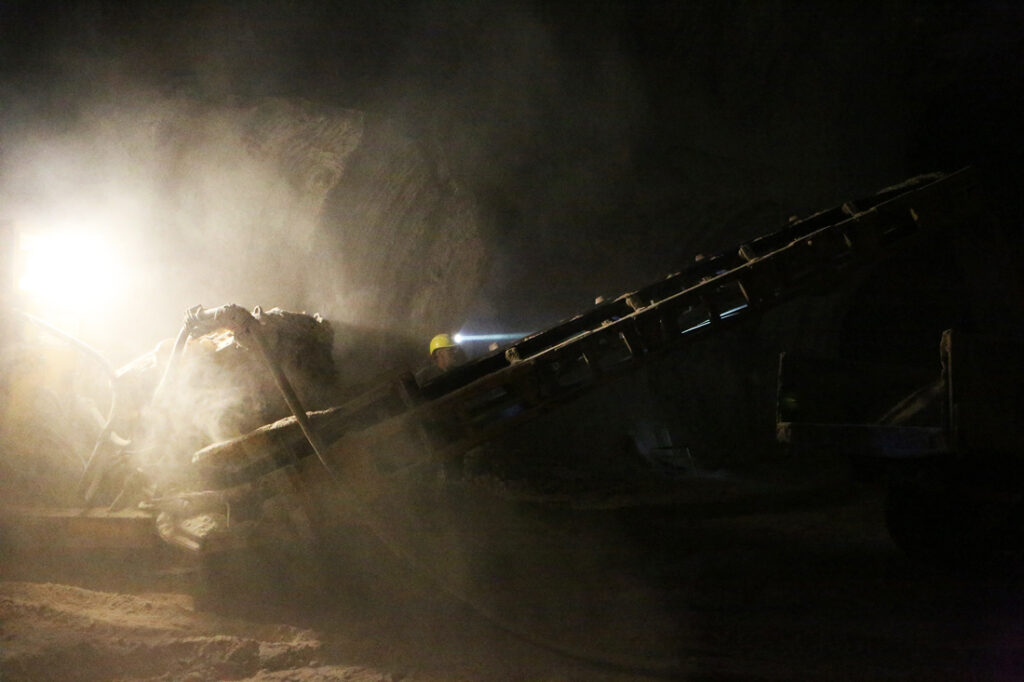
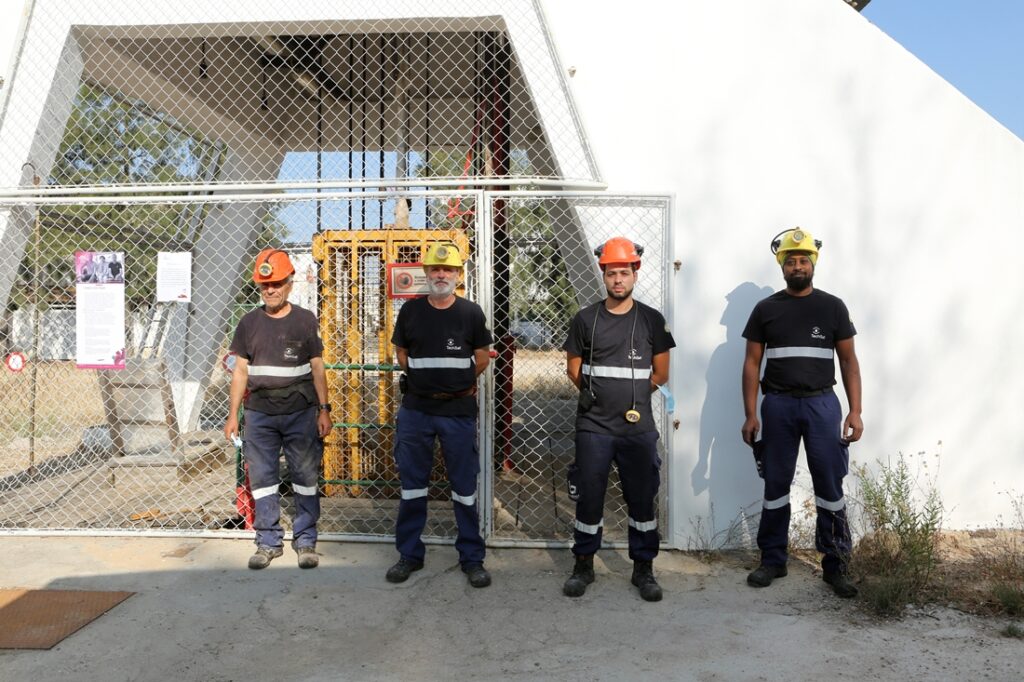
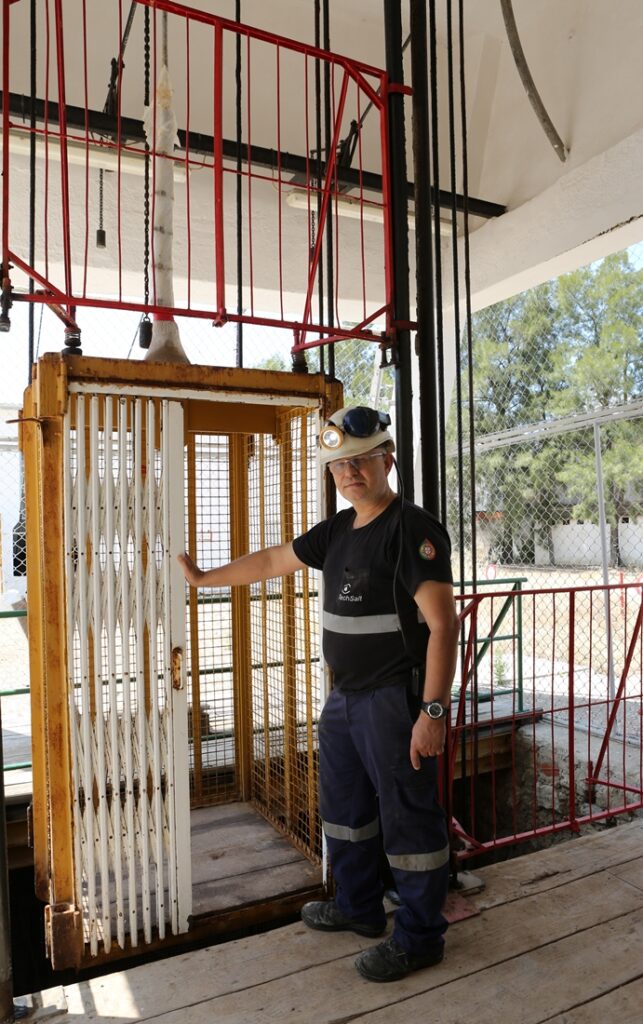

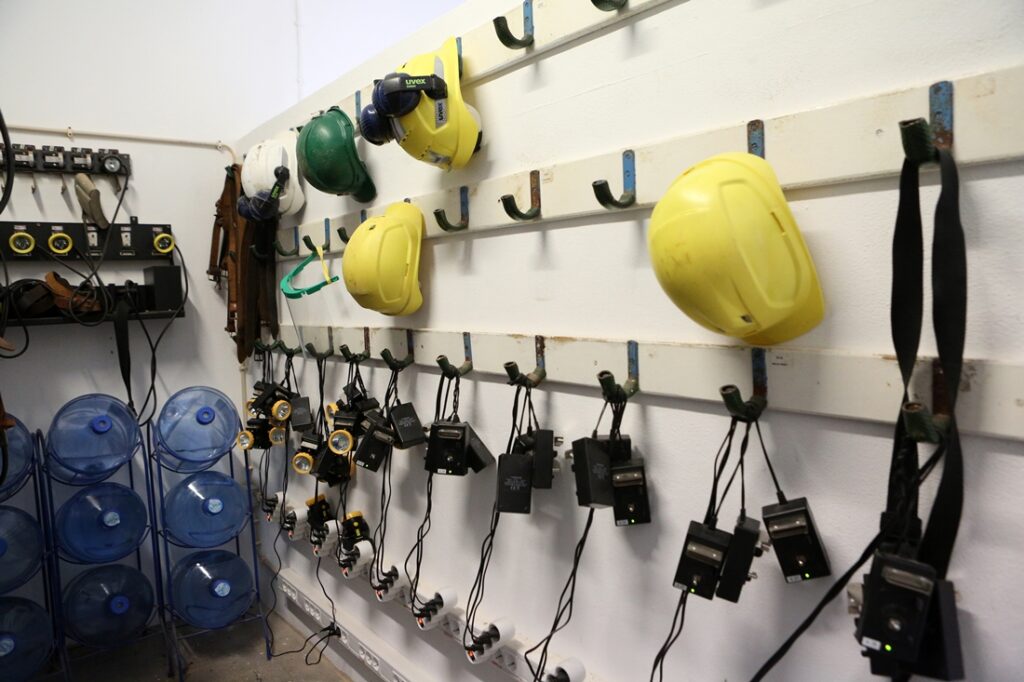
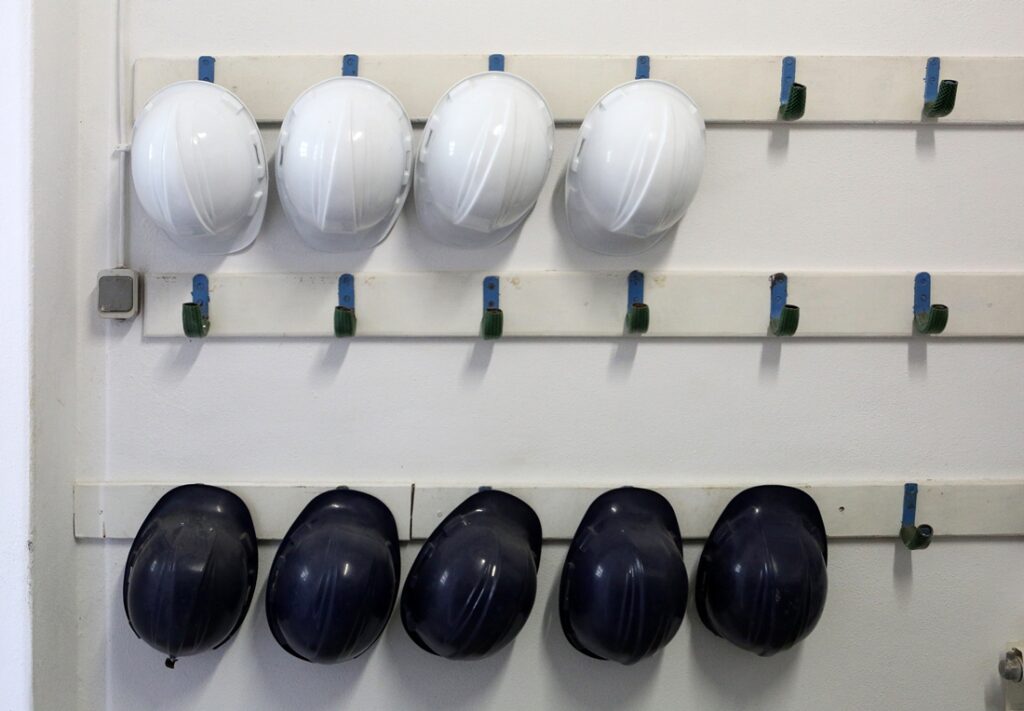
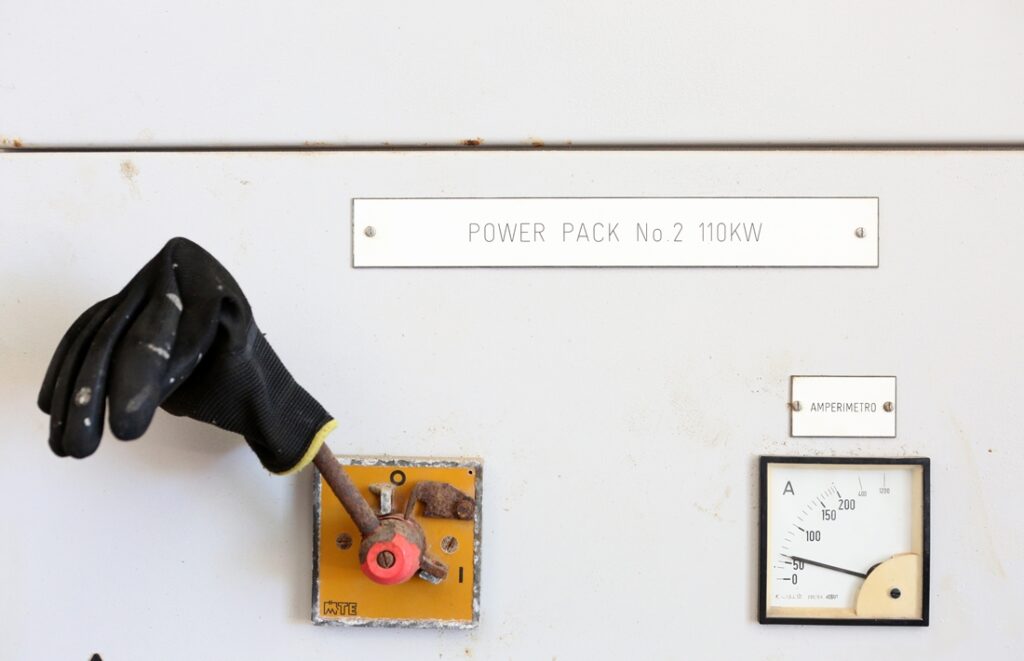
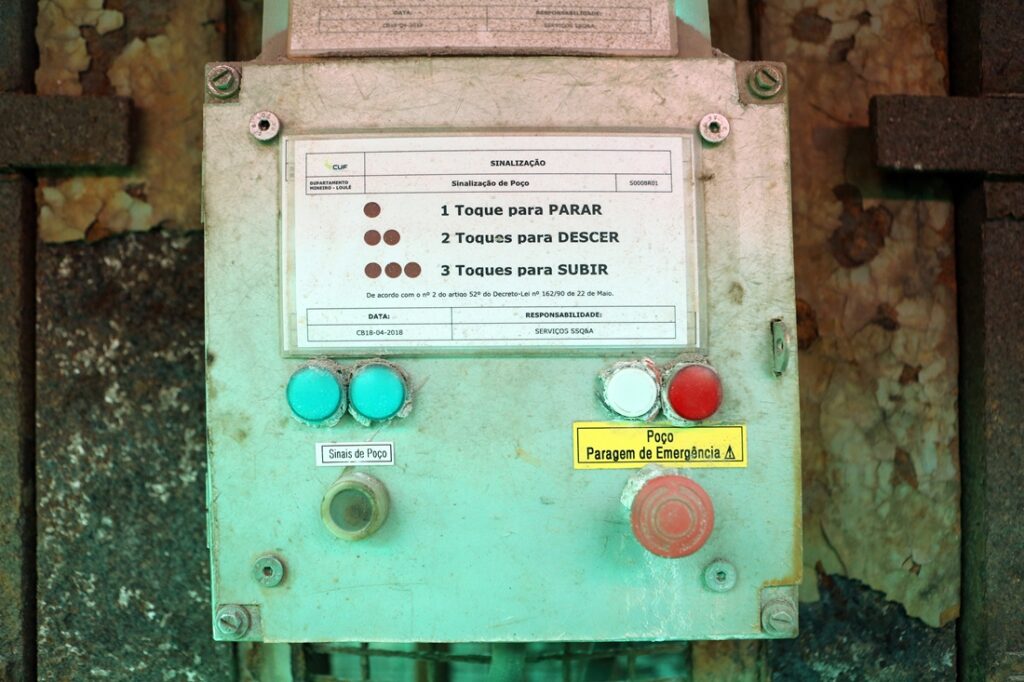
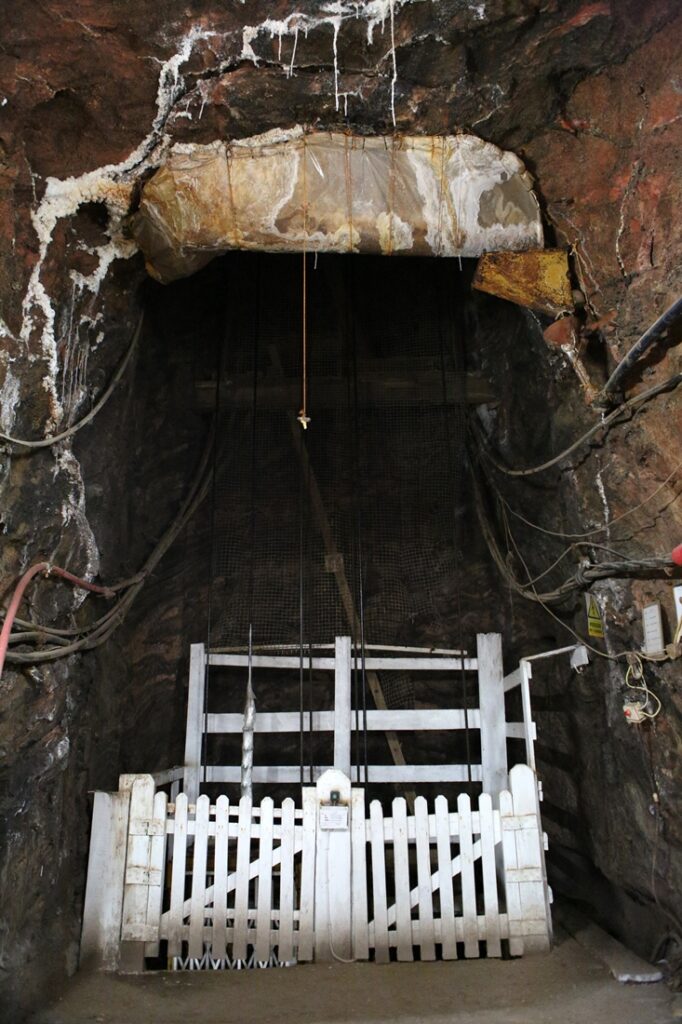
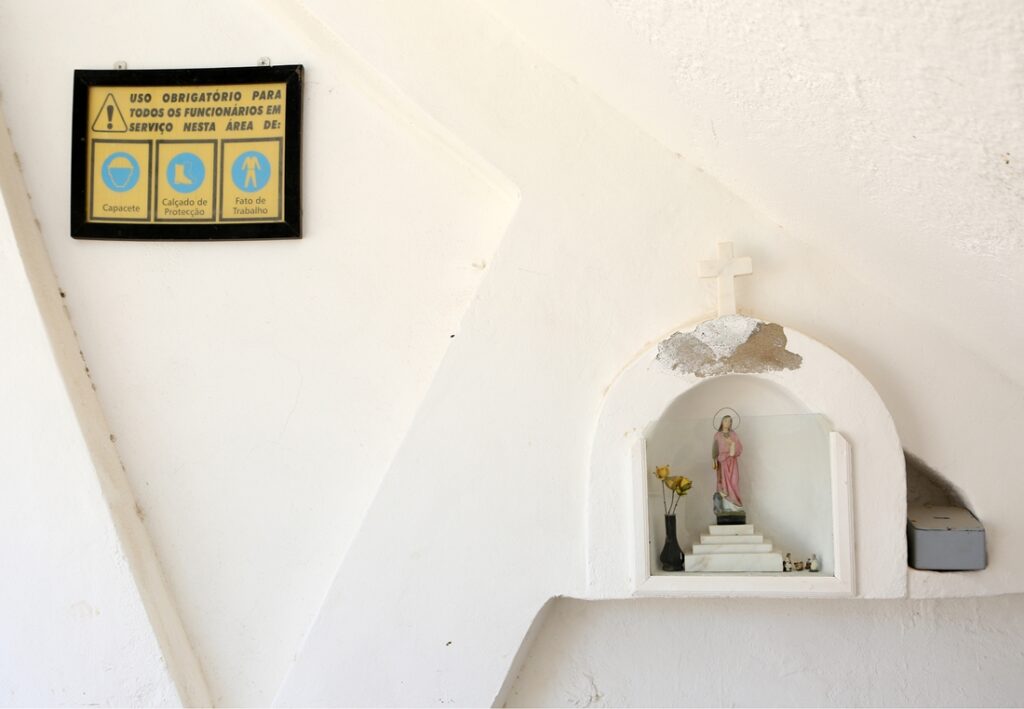
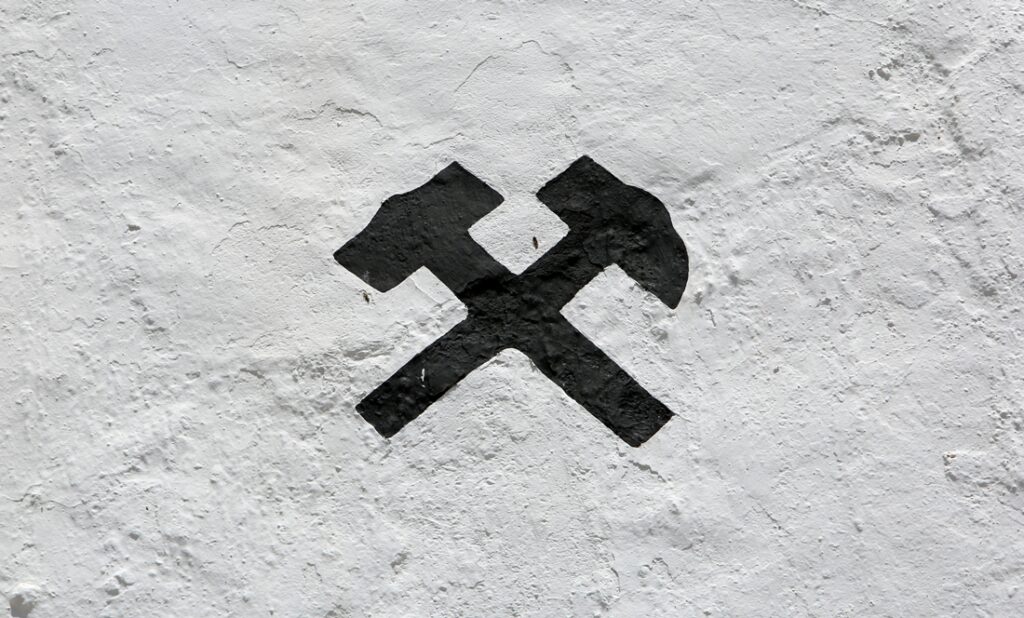
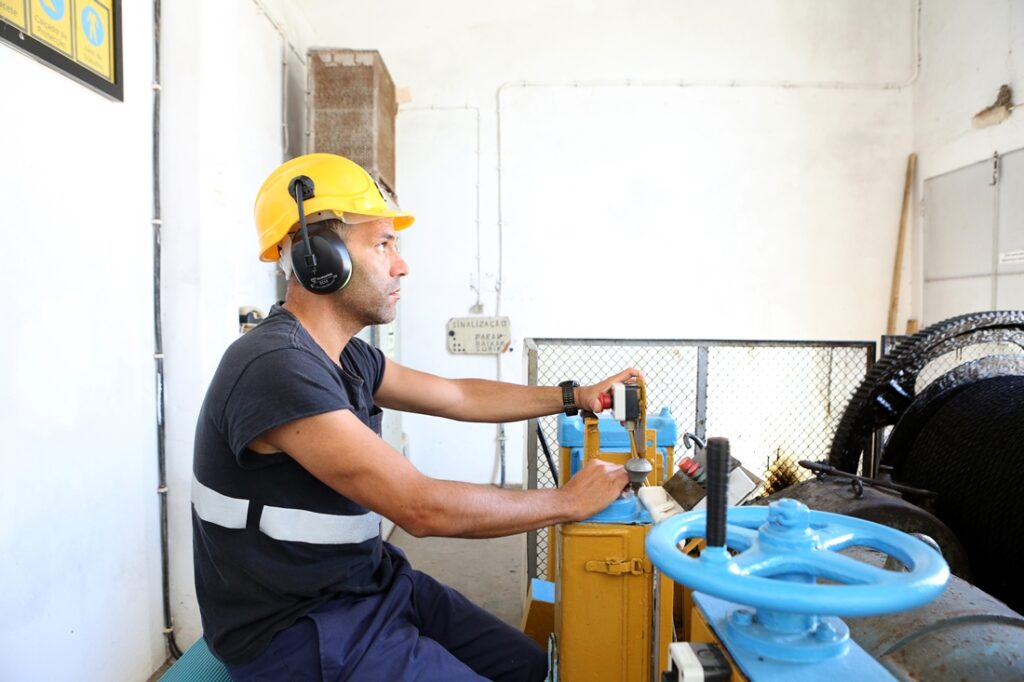
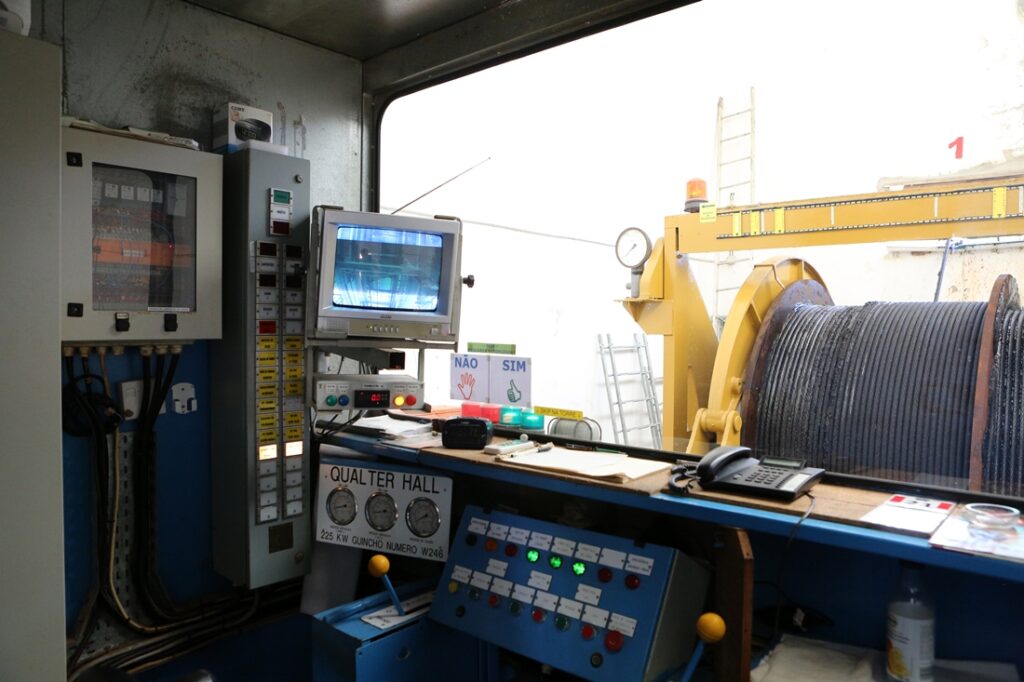
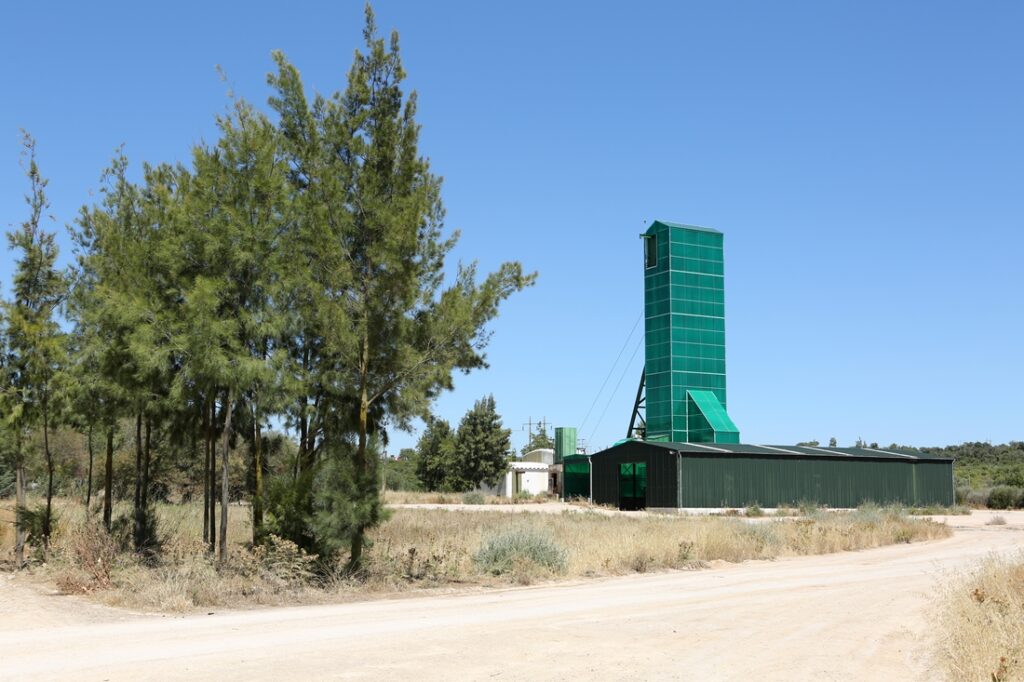
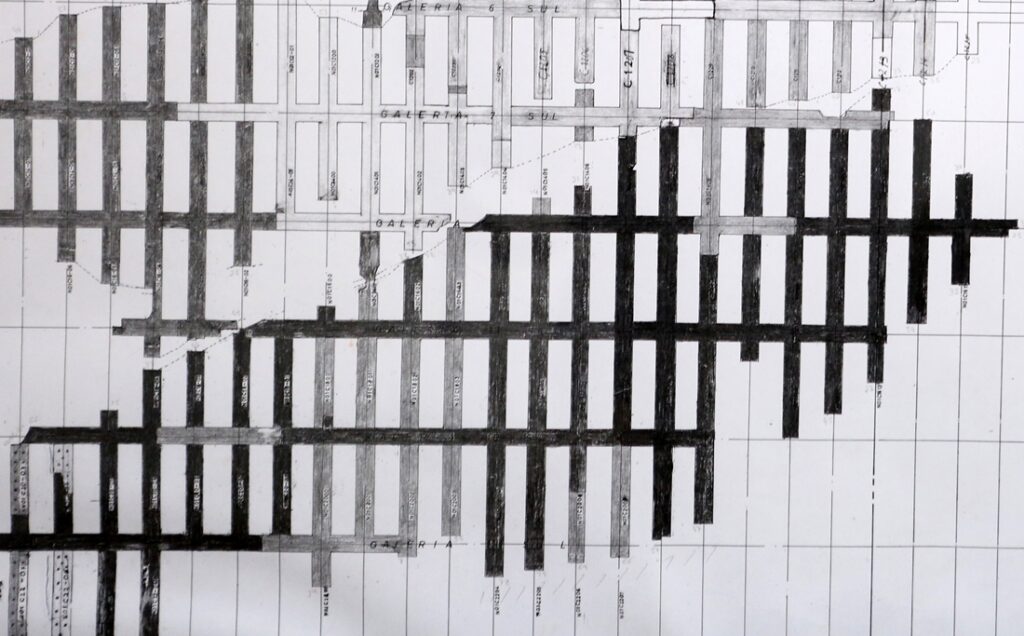
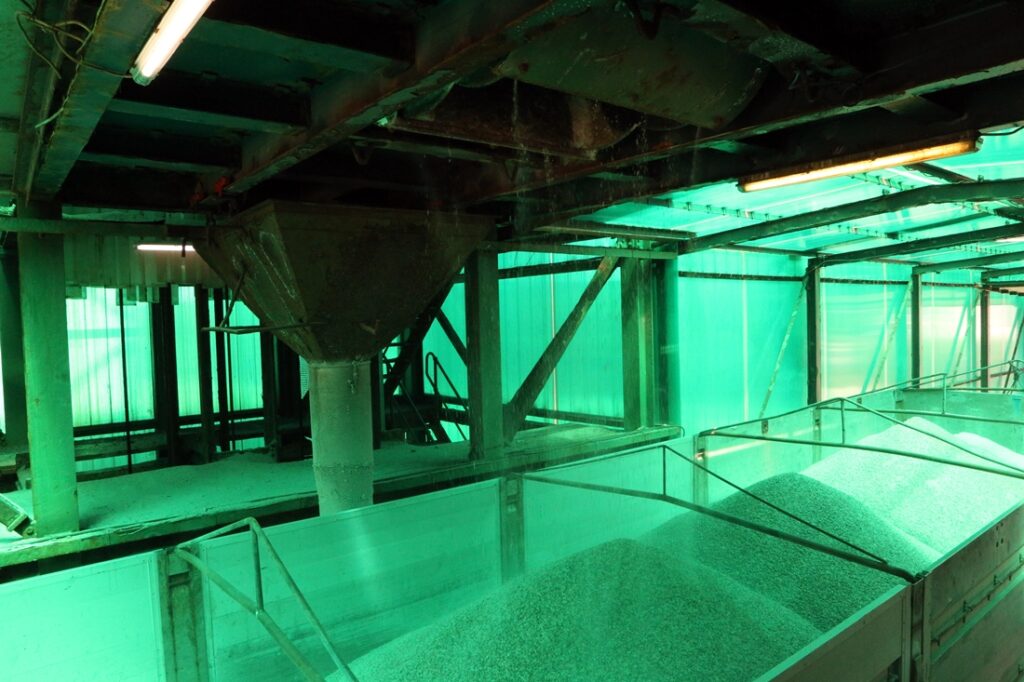
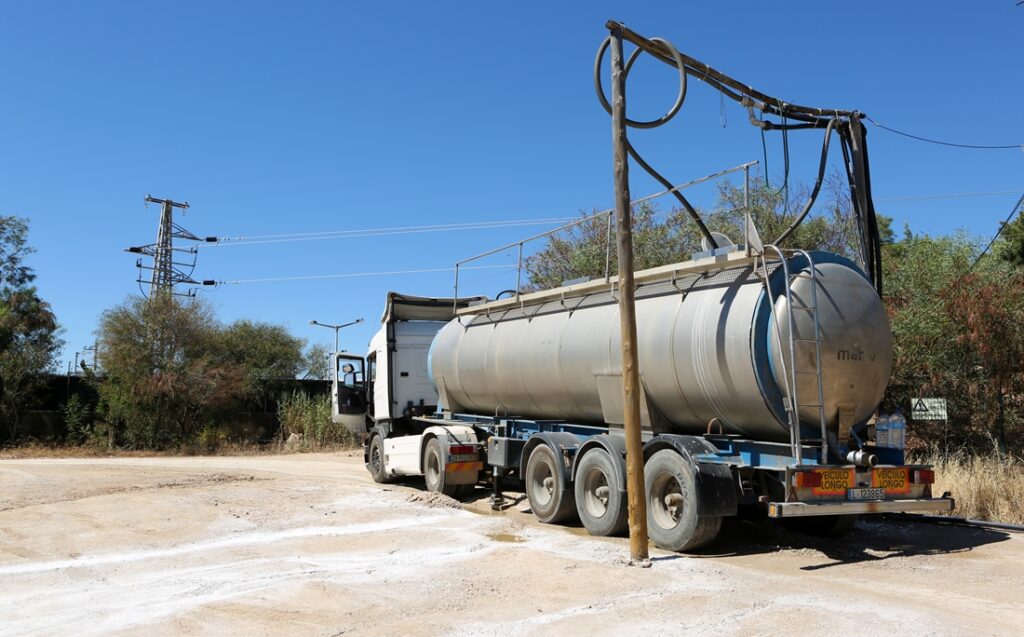
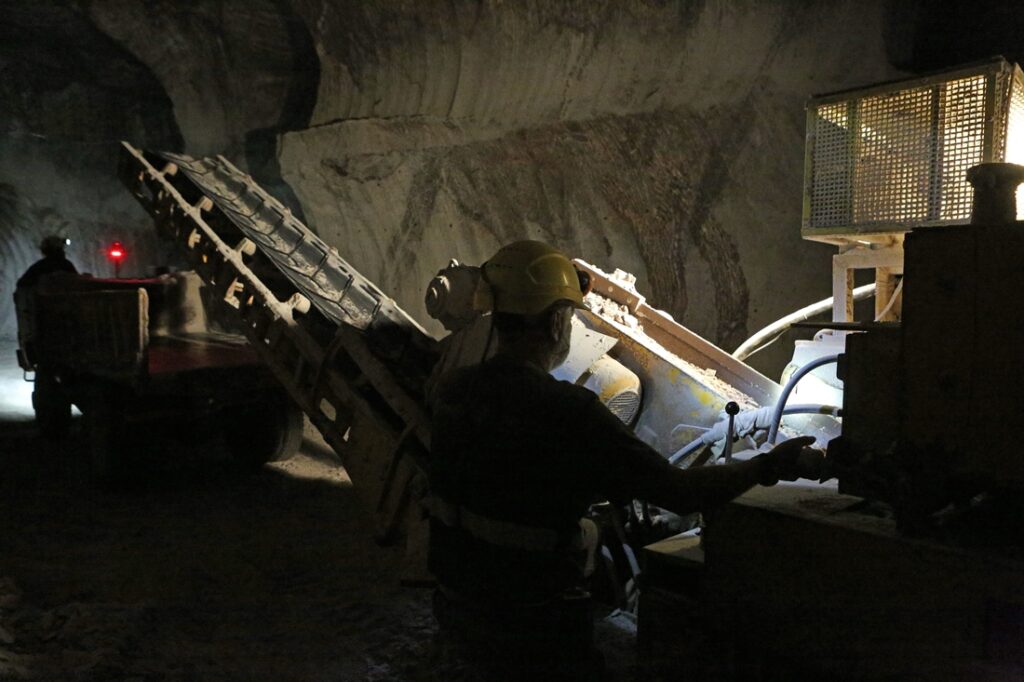
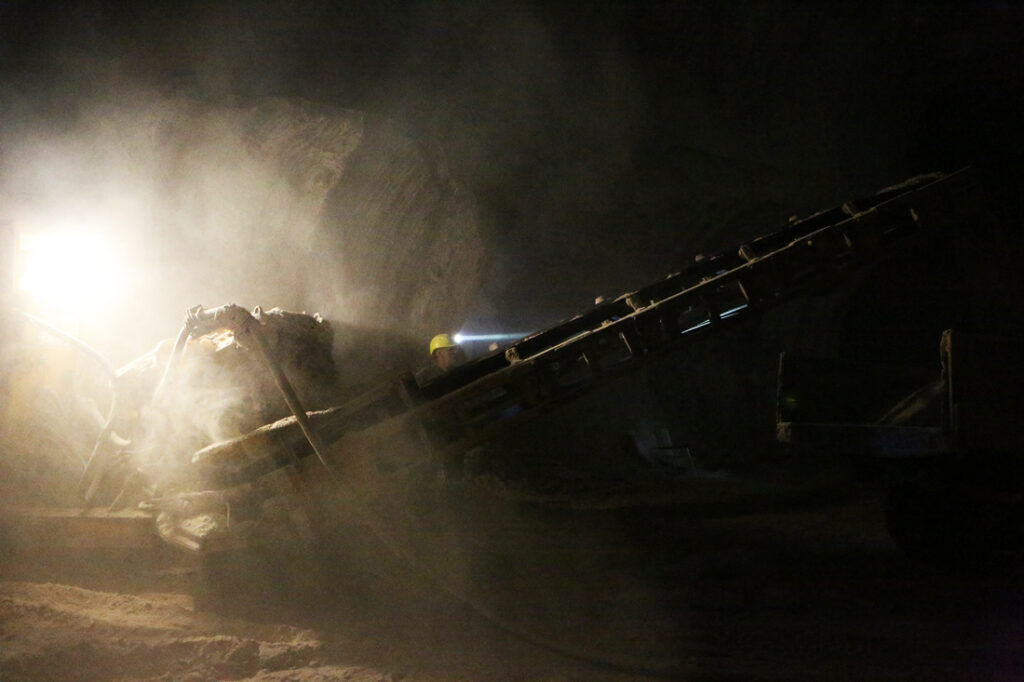
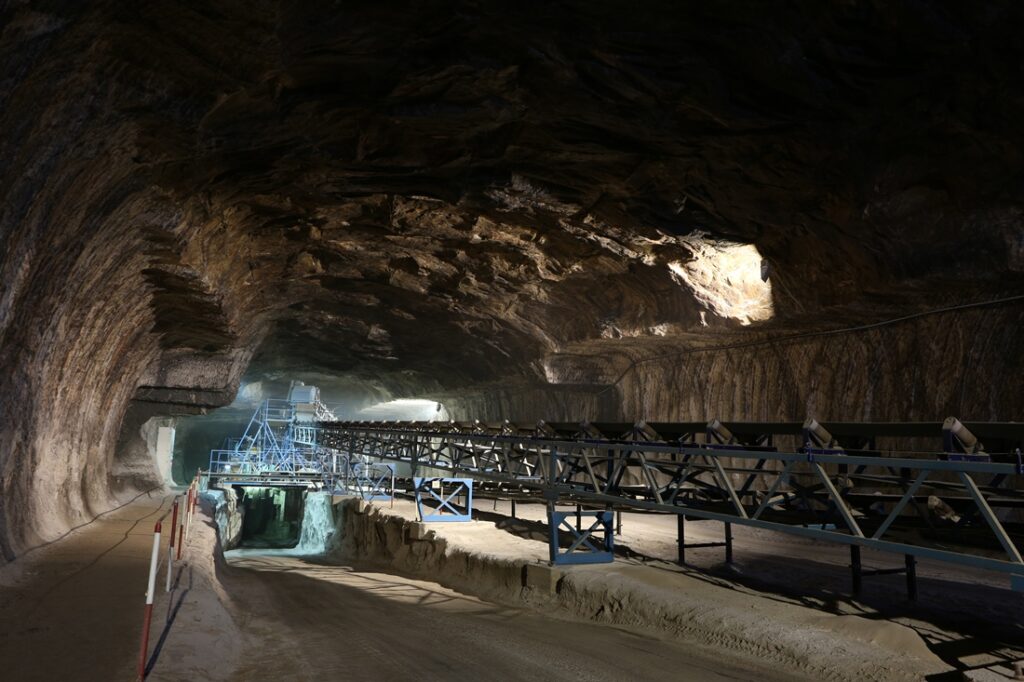
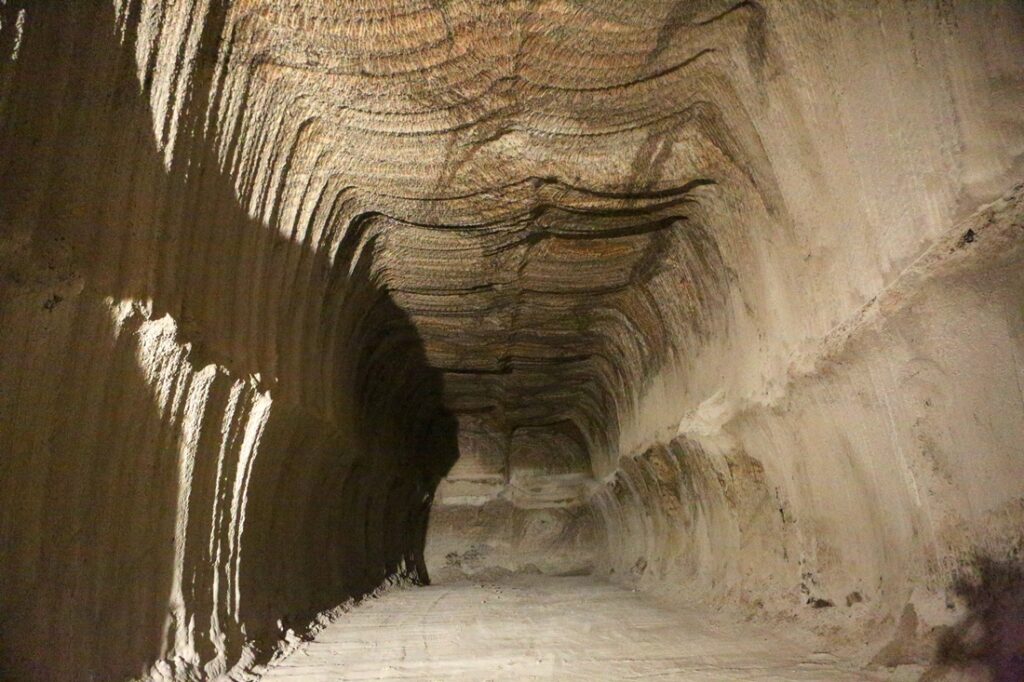
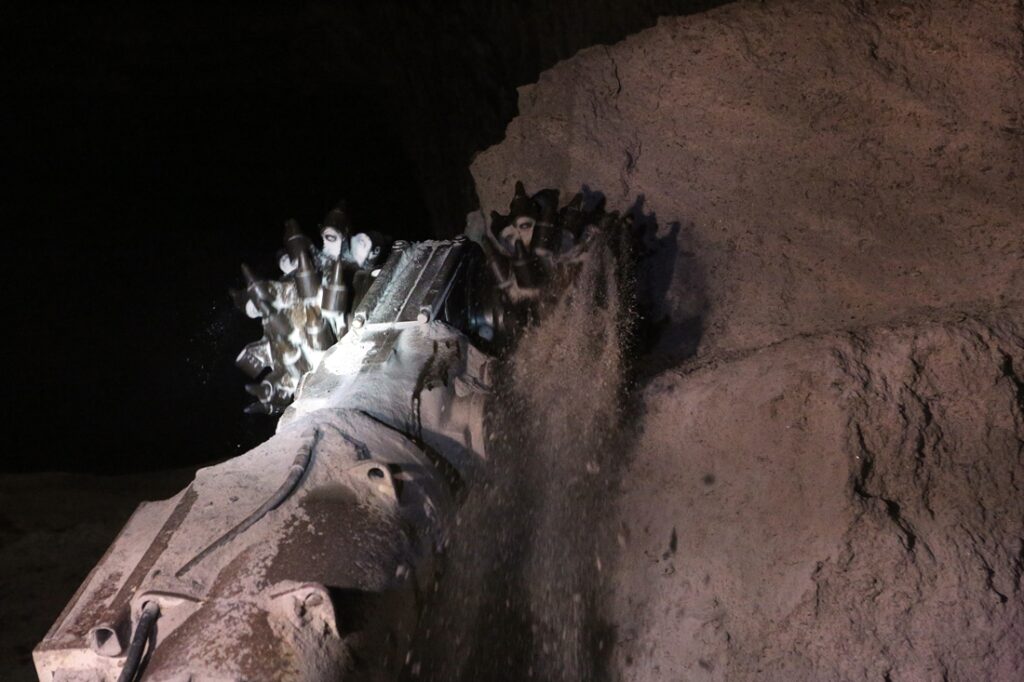
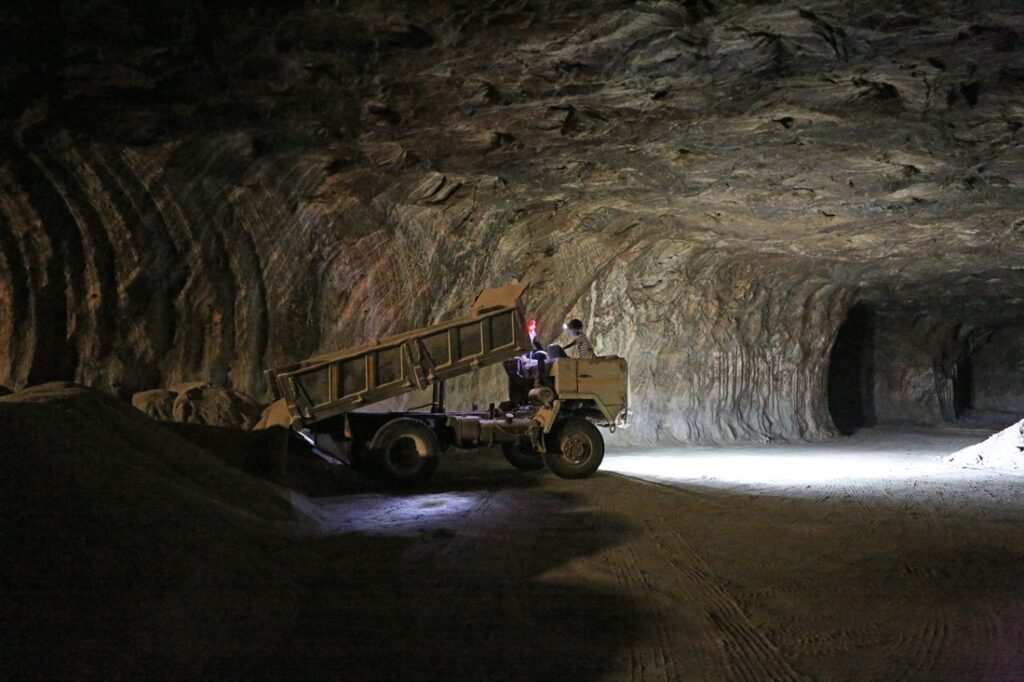
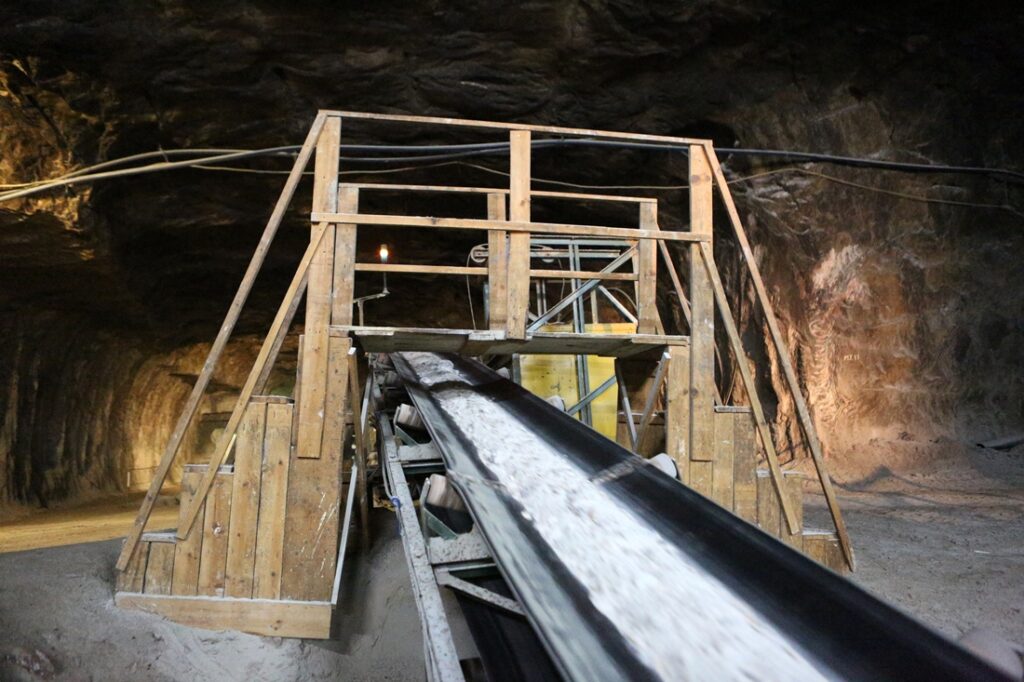
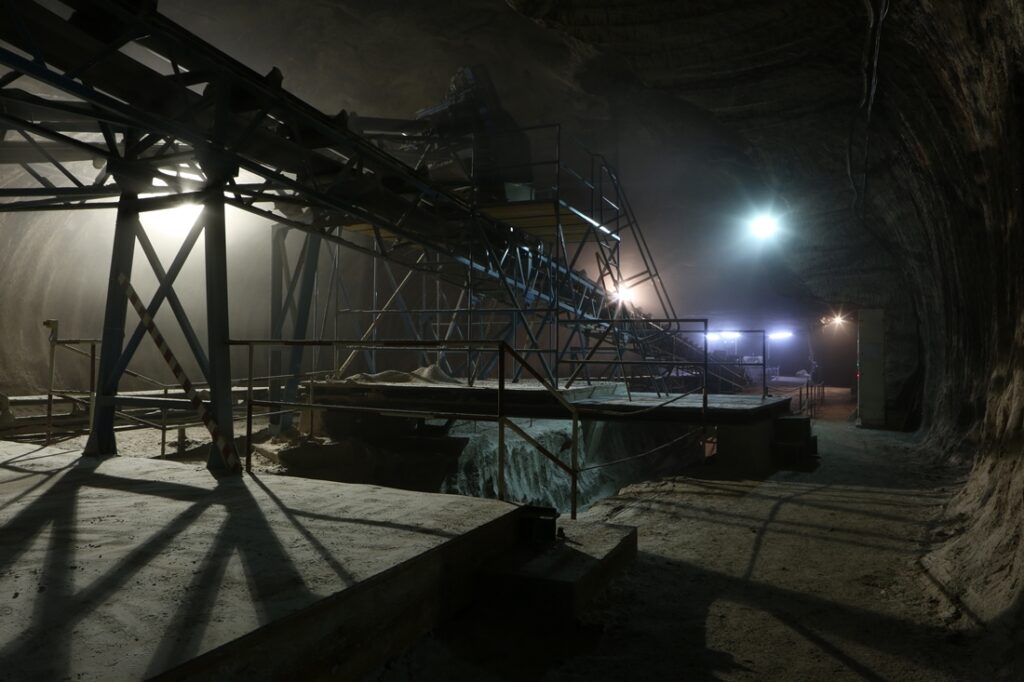
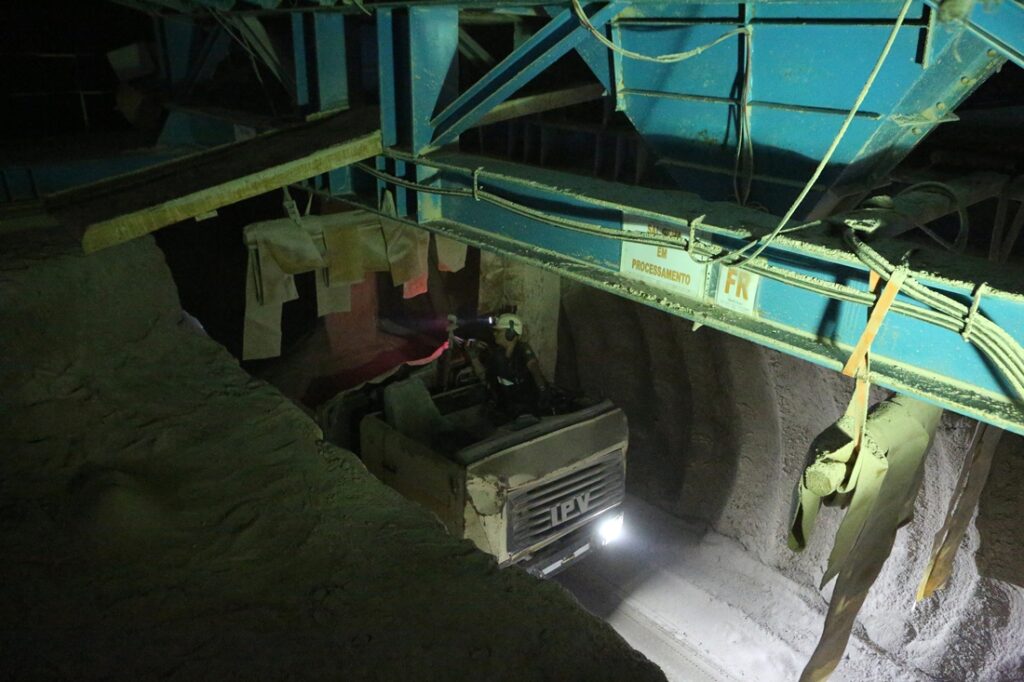
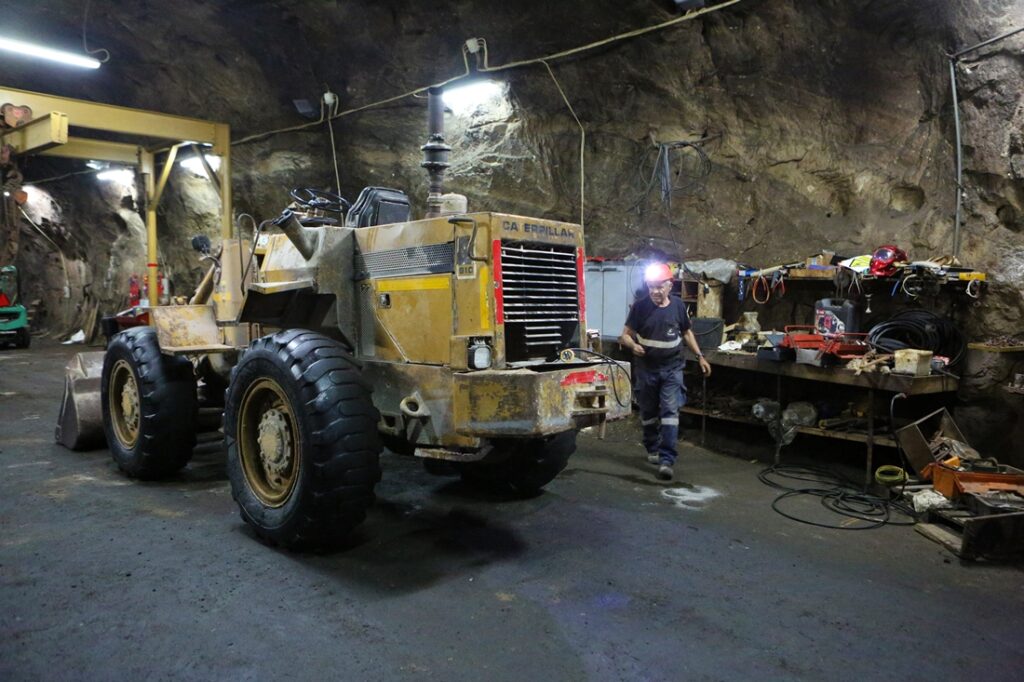
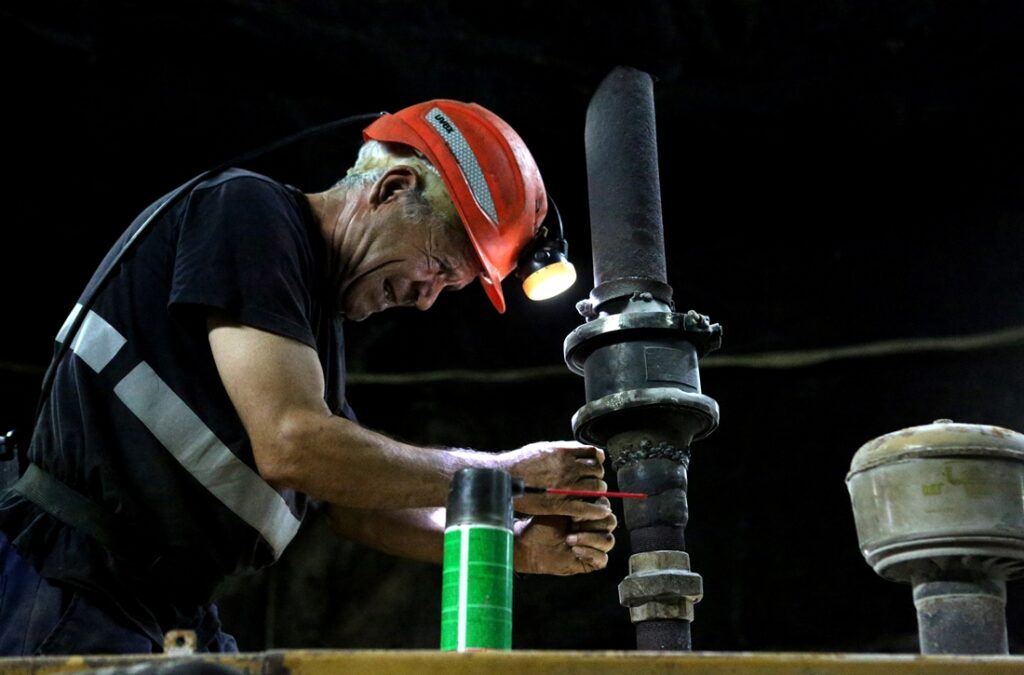
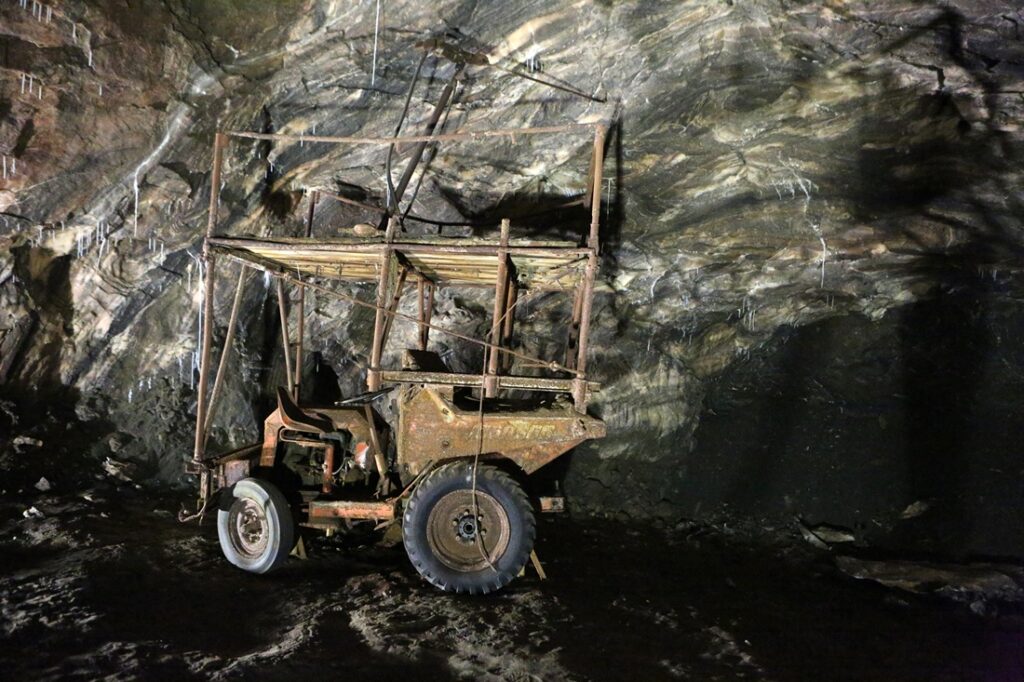
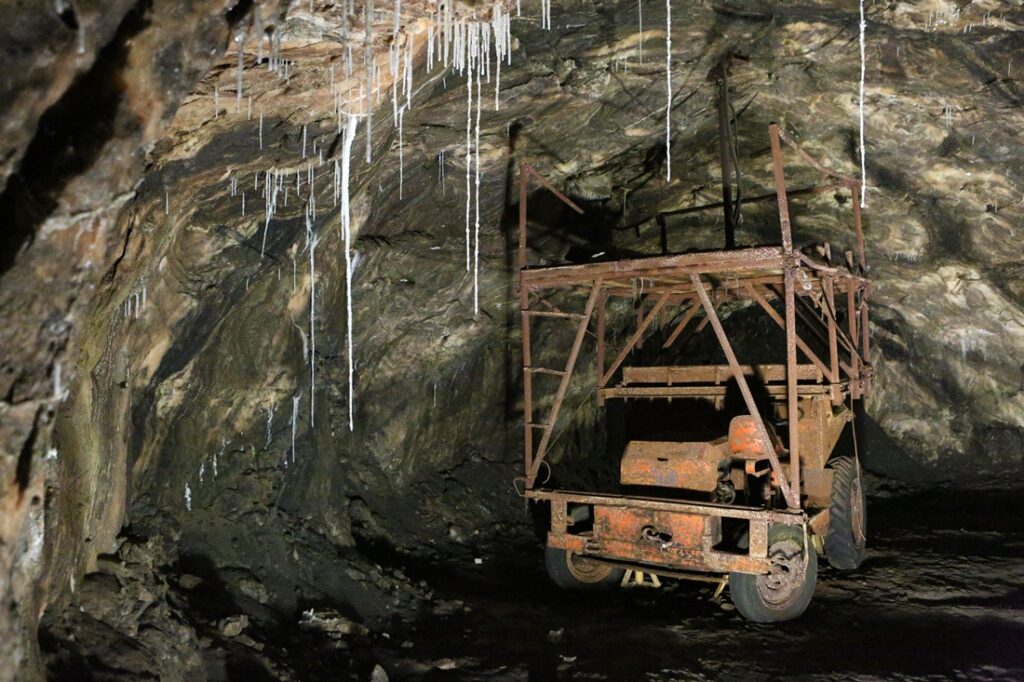
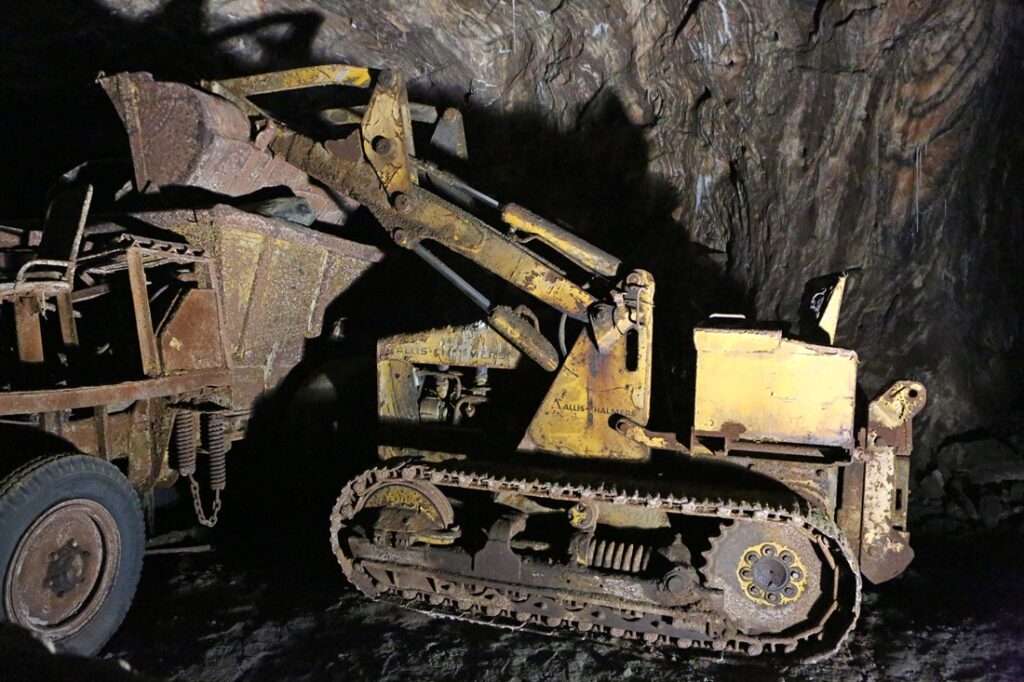
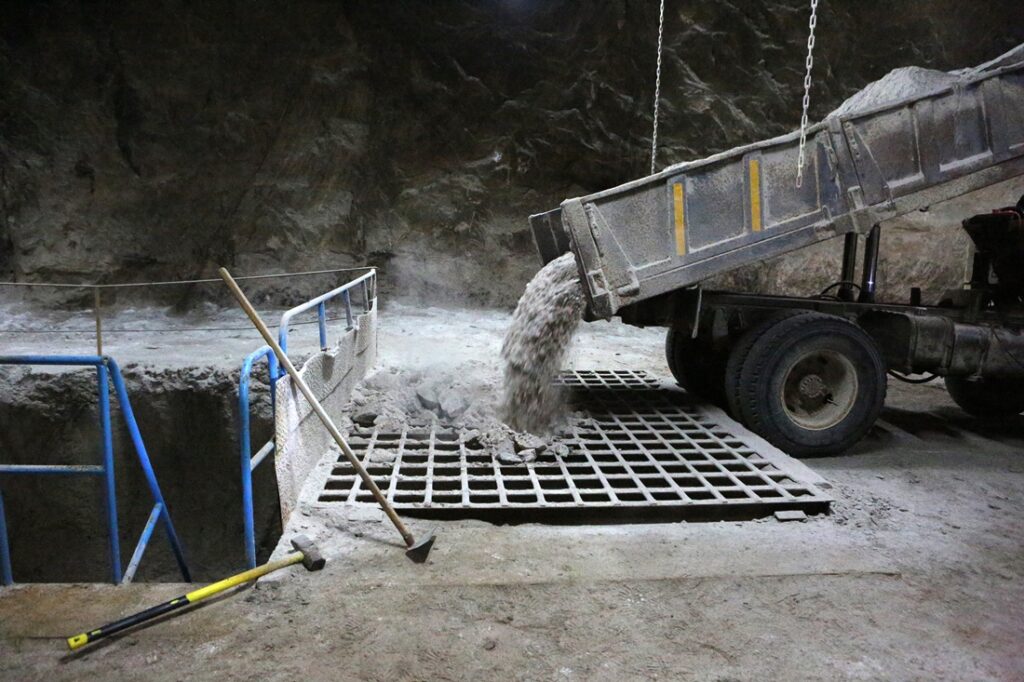
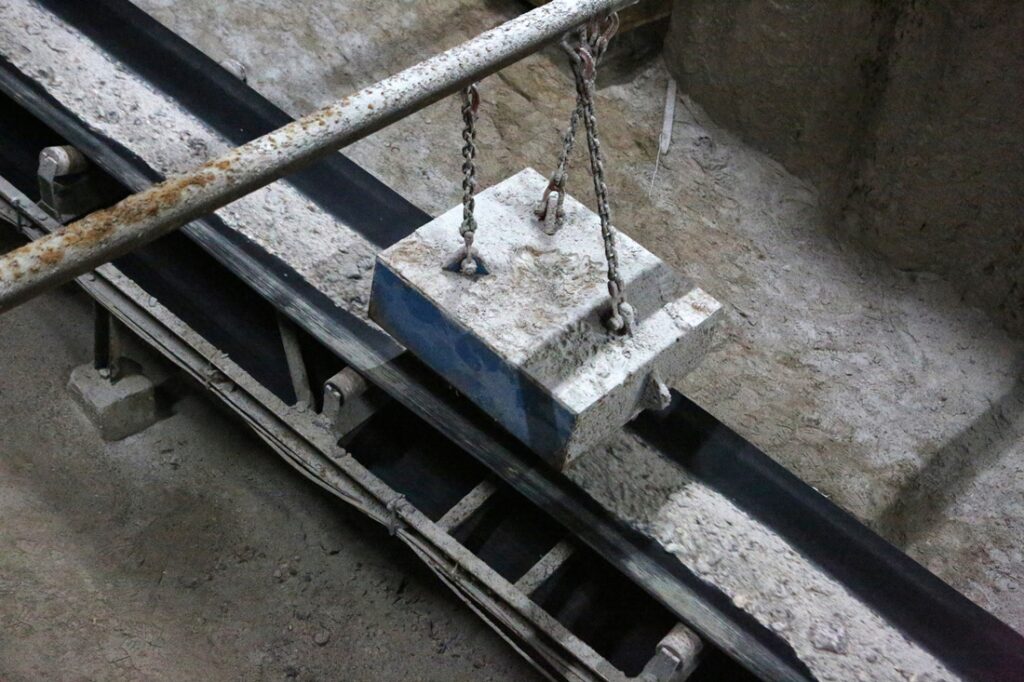
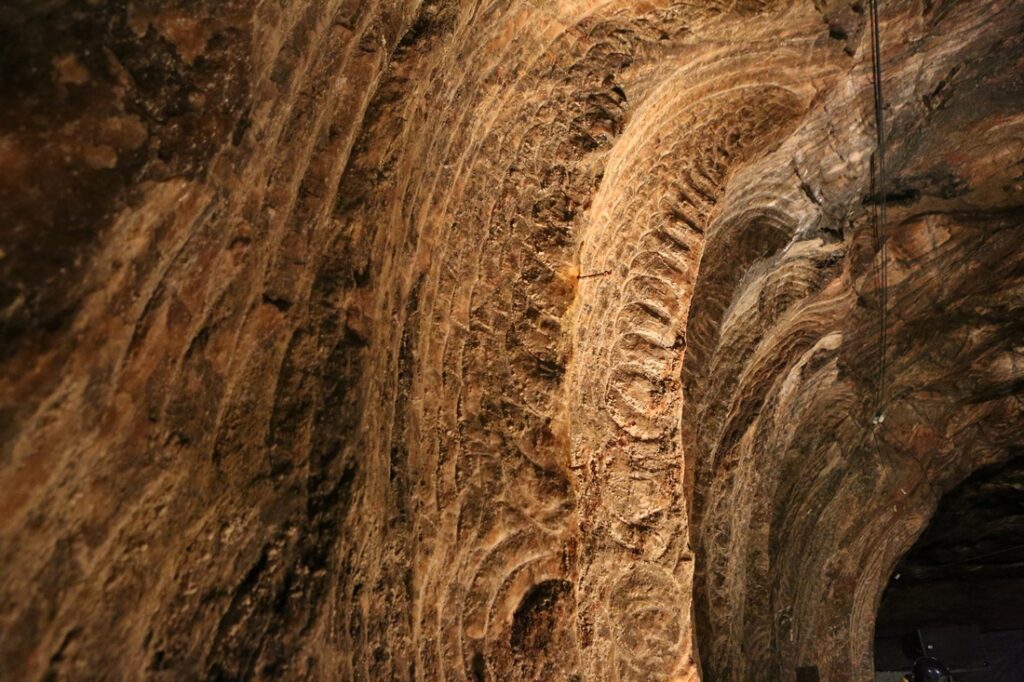
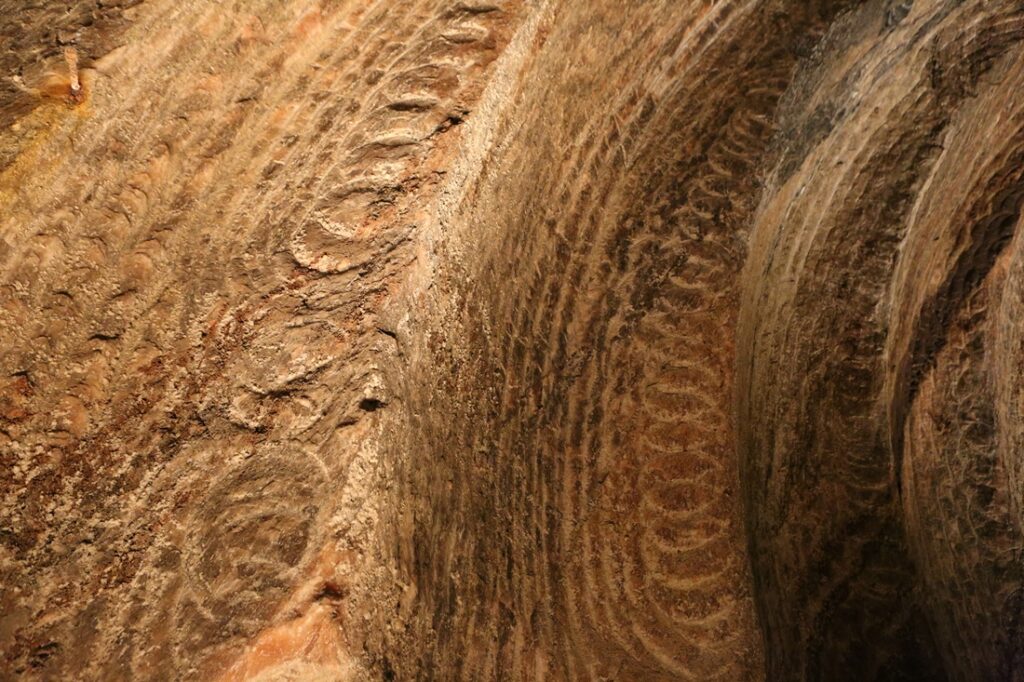
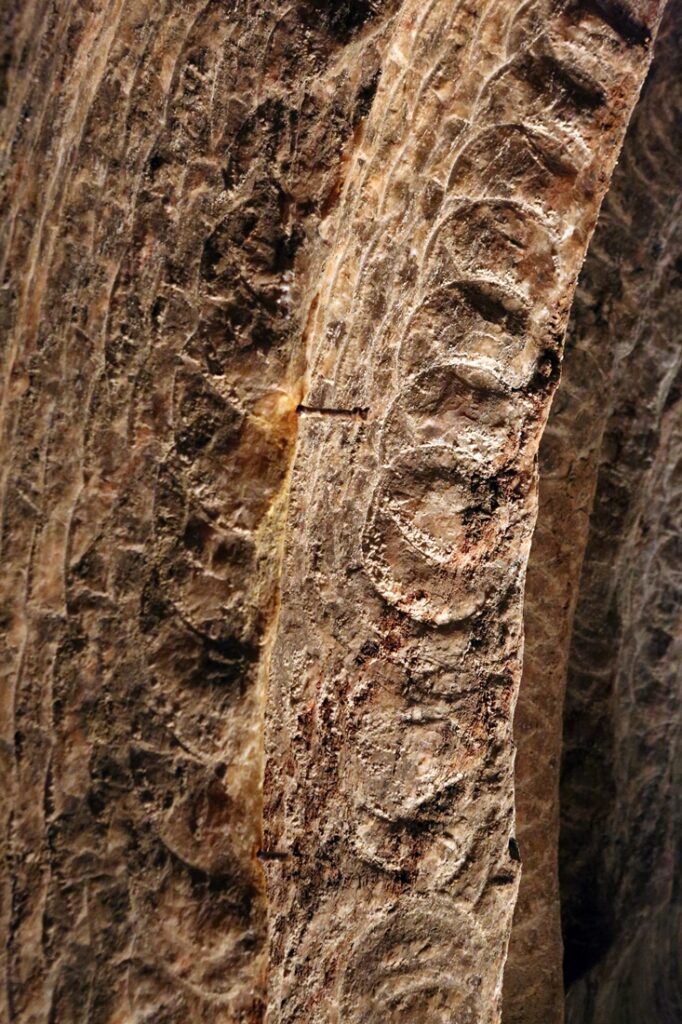
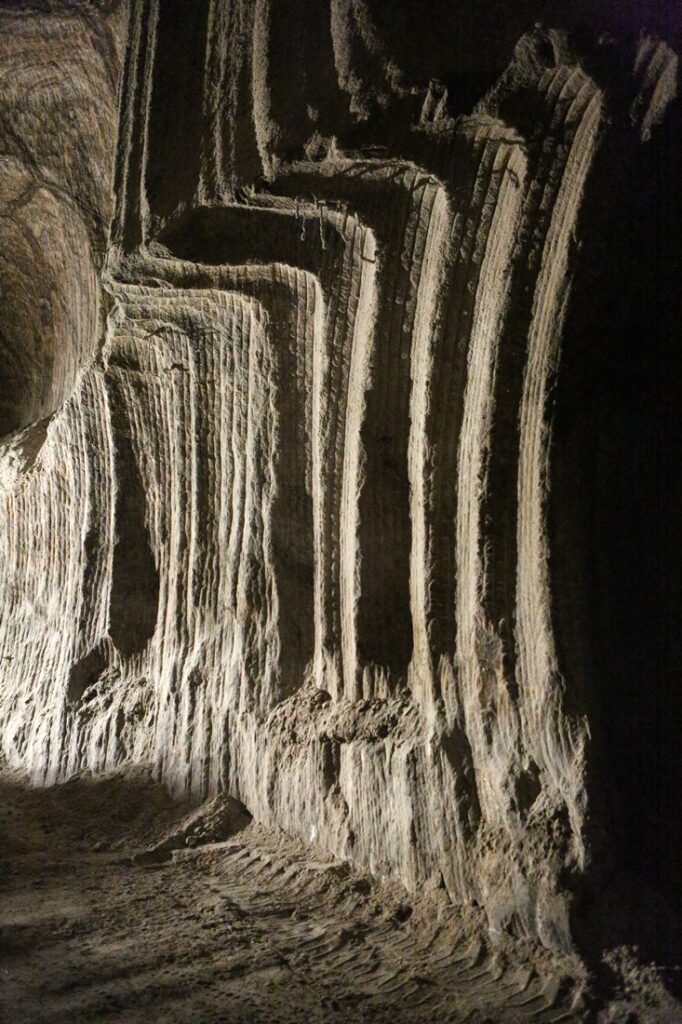
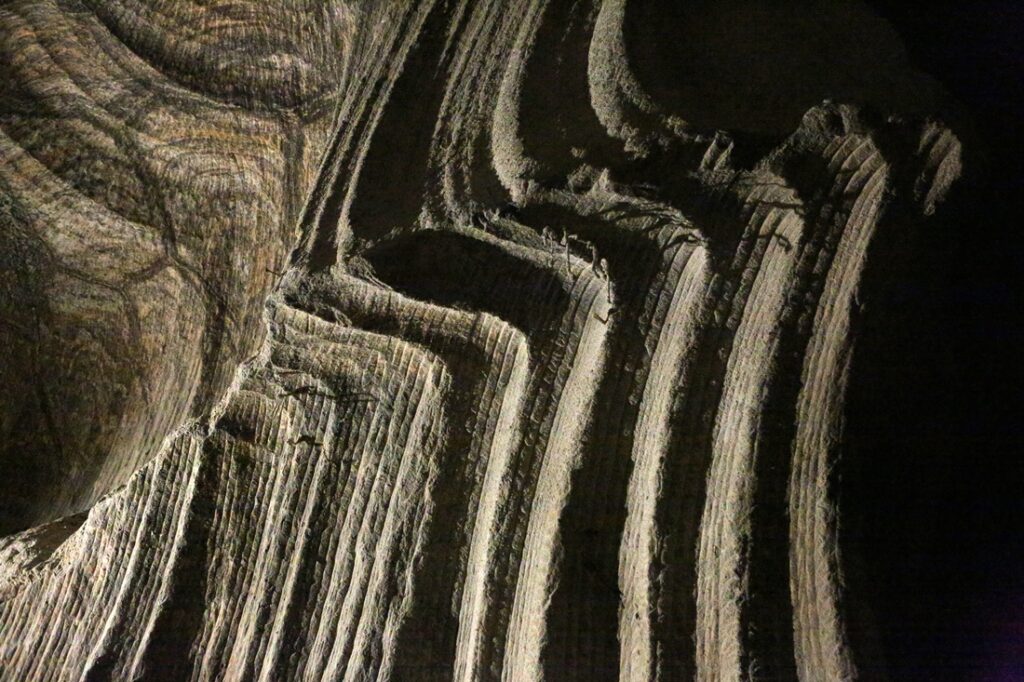
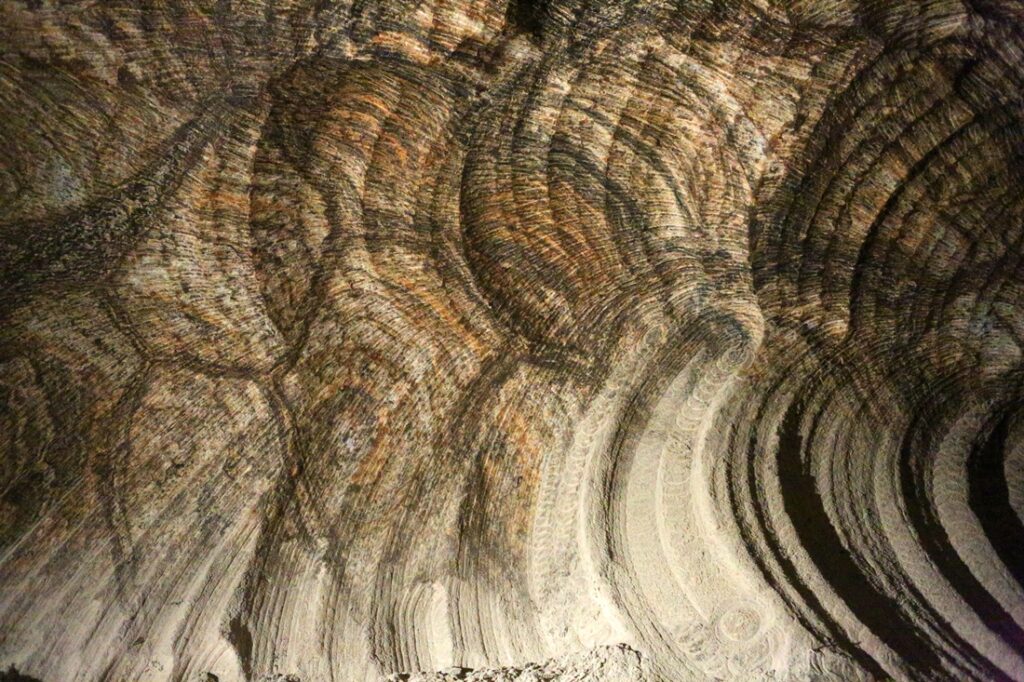
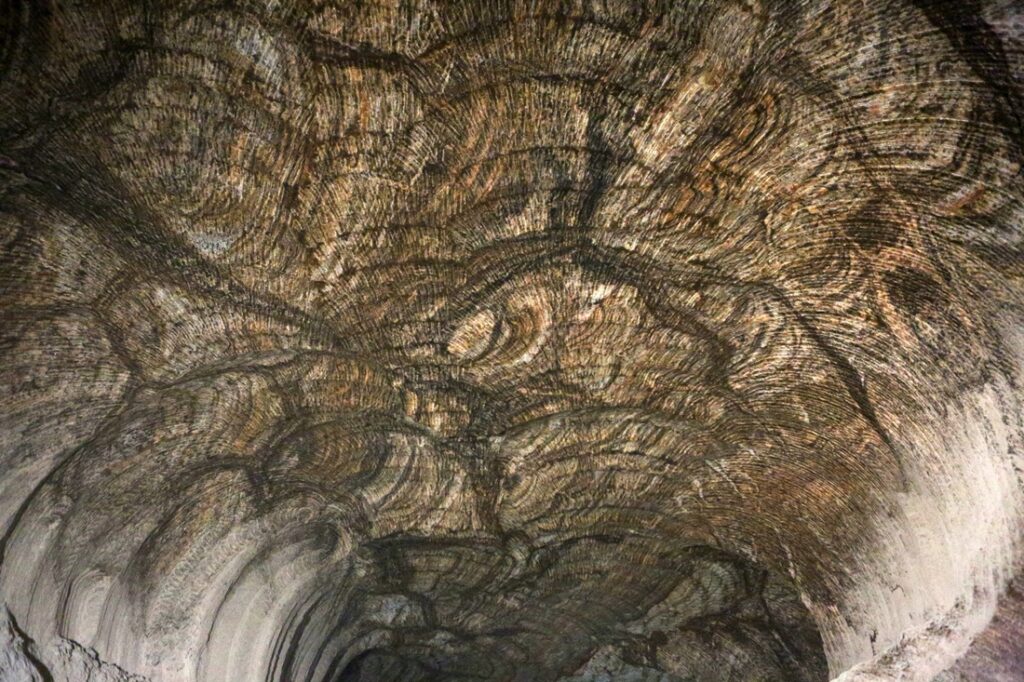
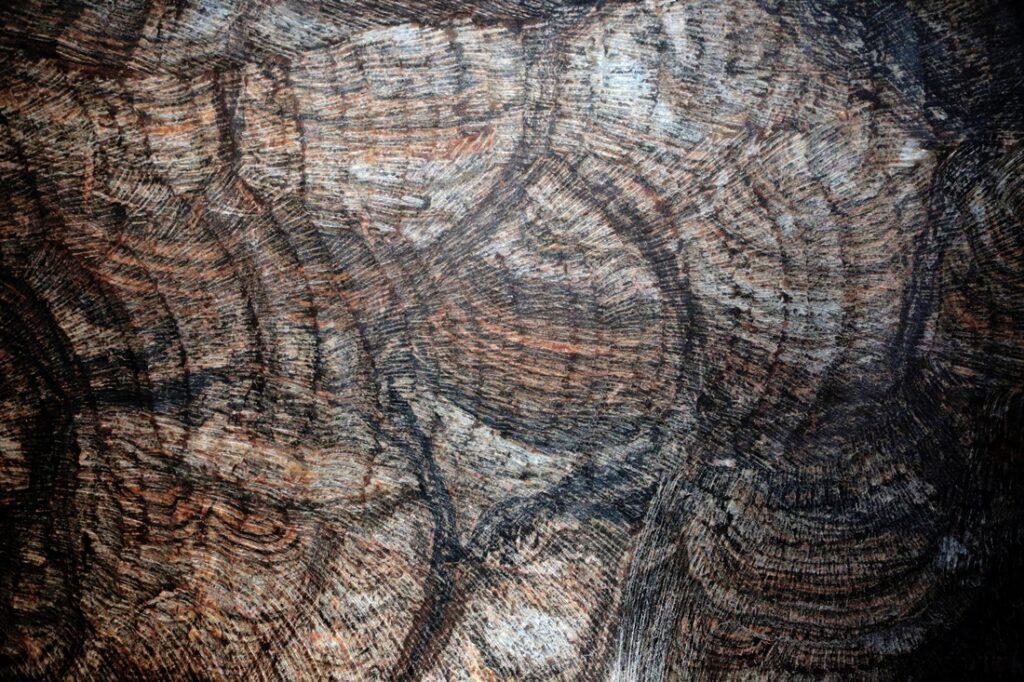
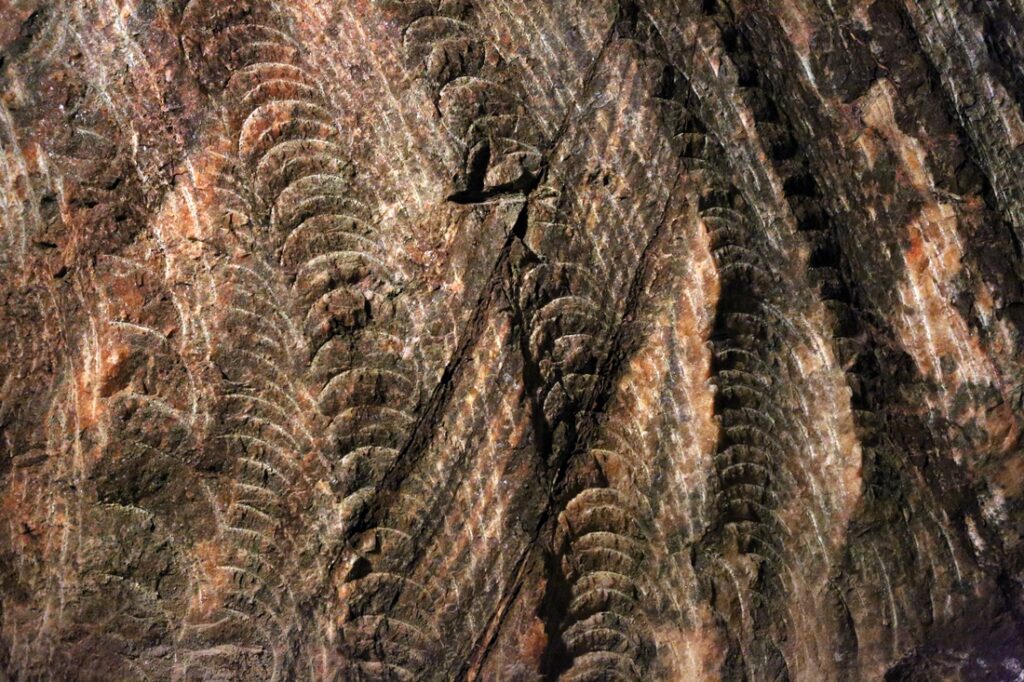
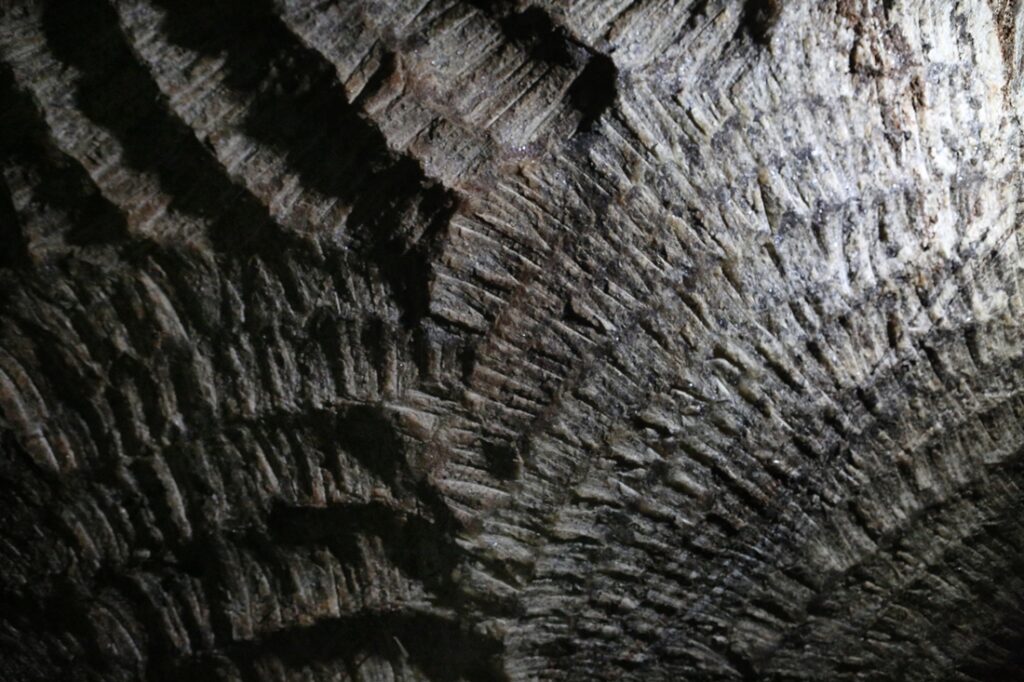
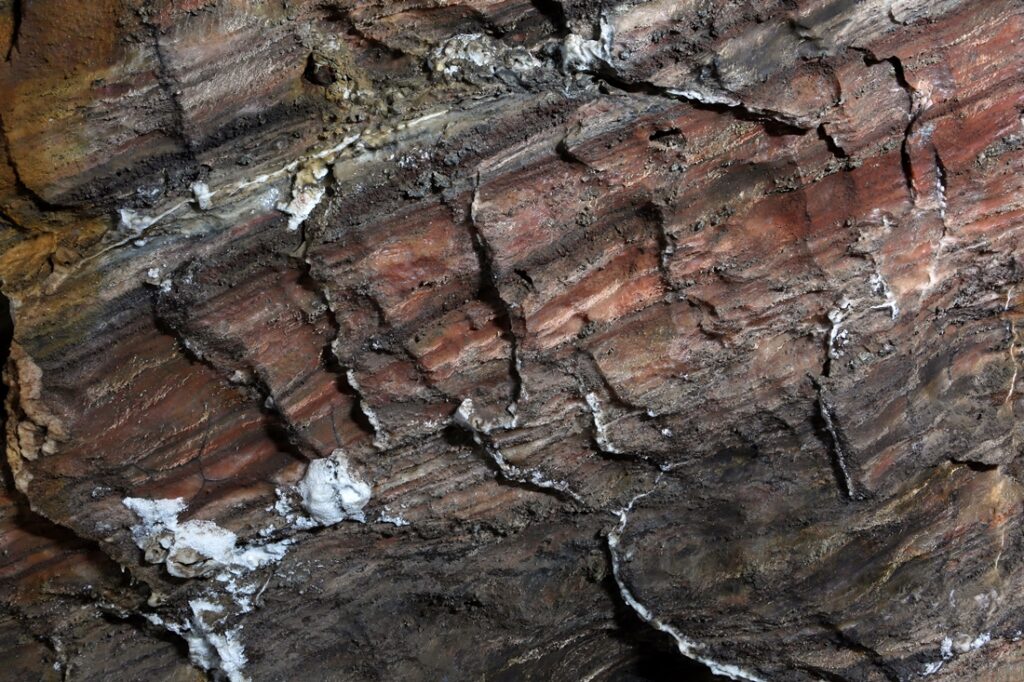
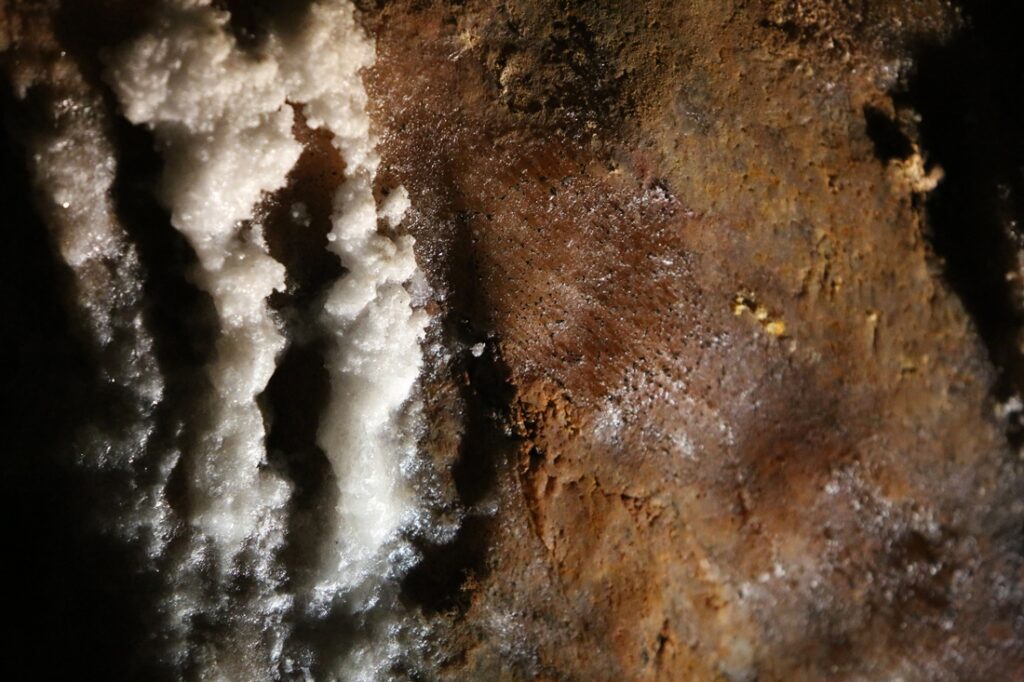
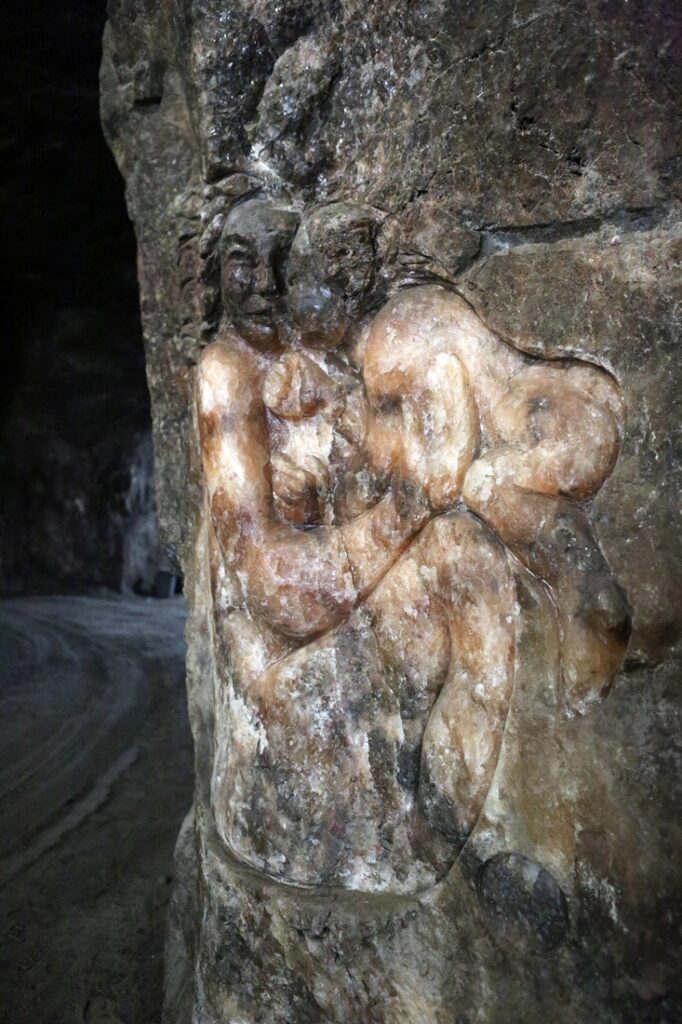
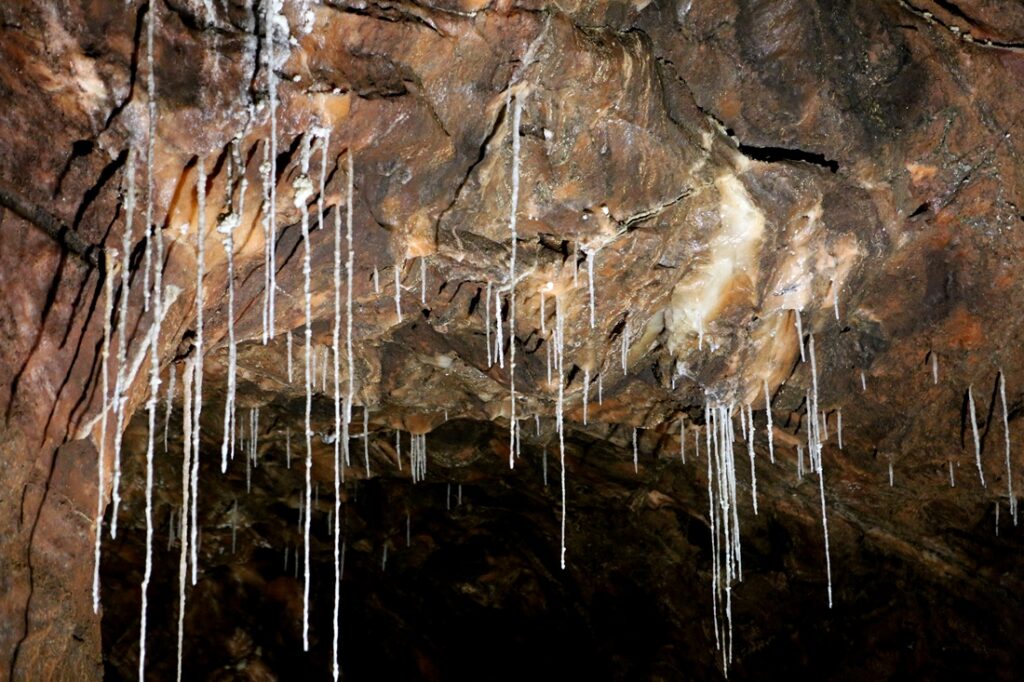
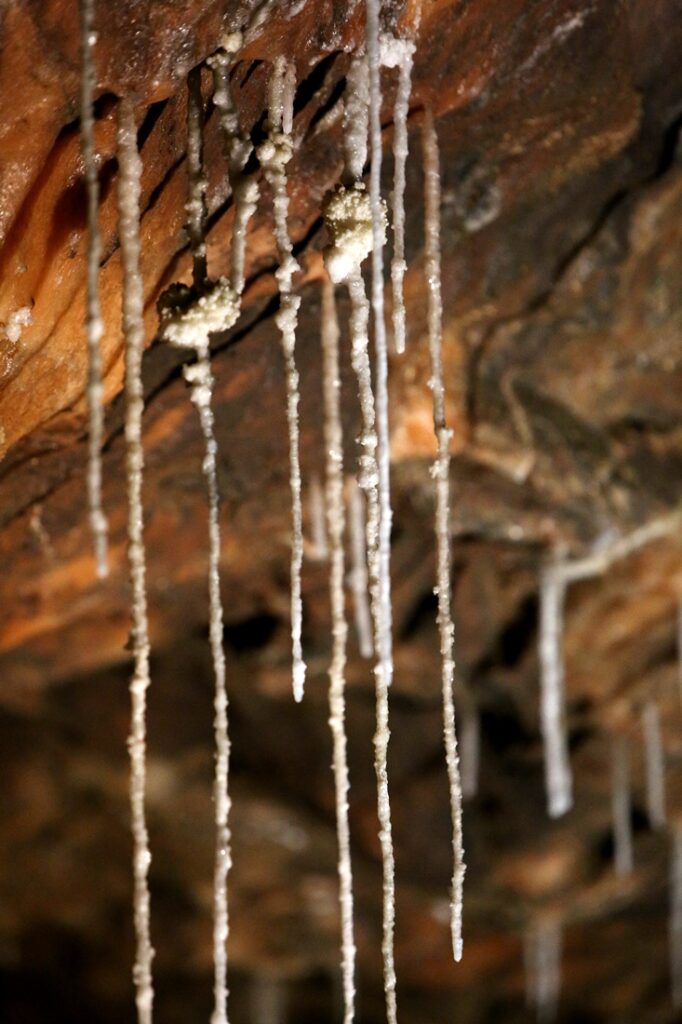
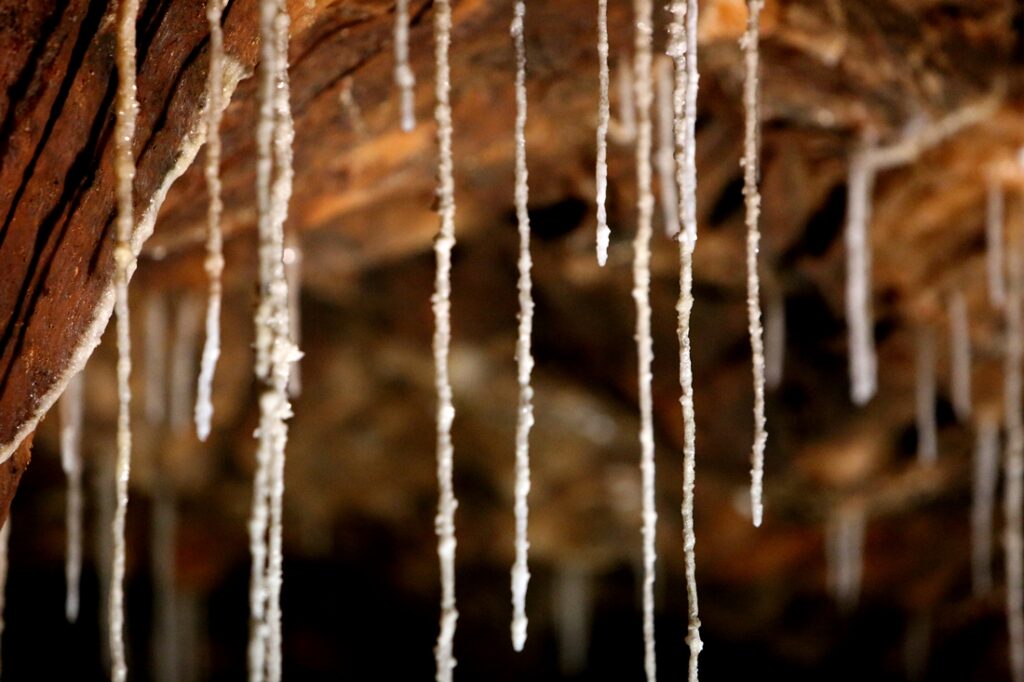
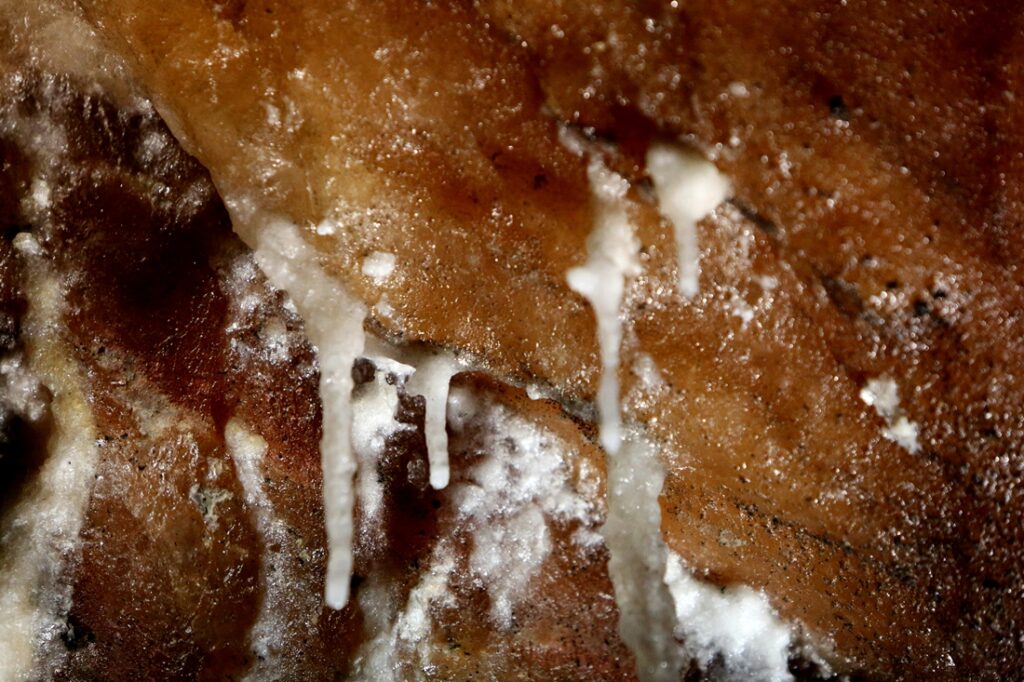
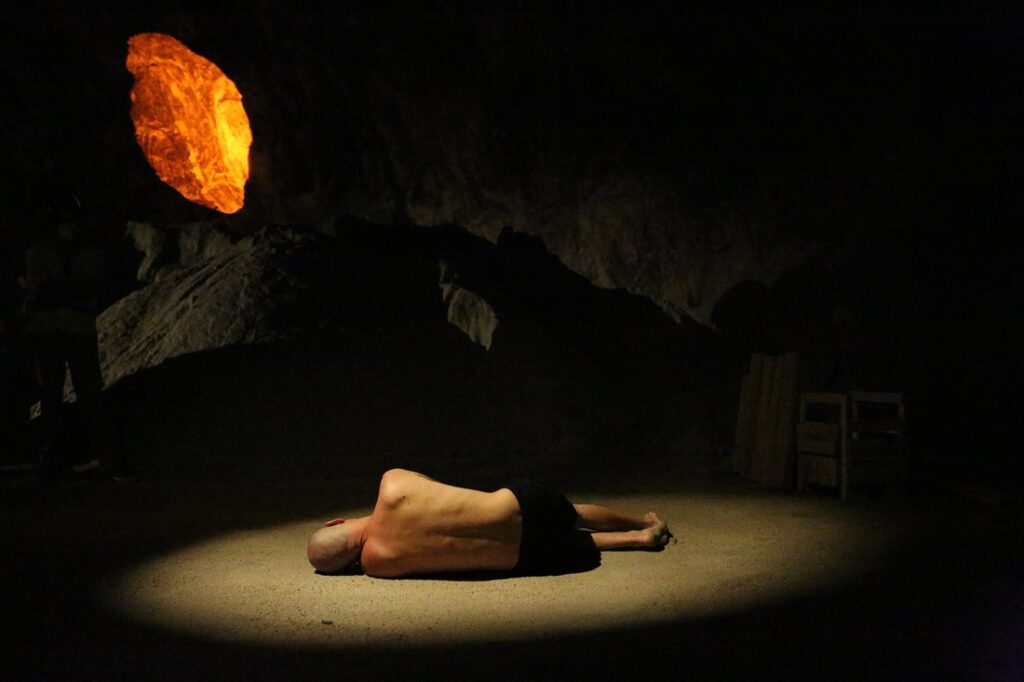



















Comments